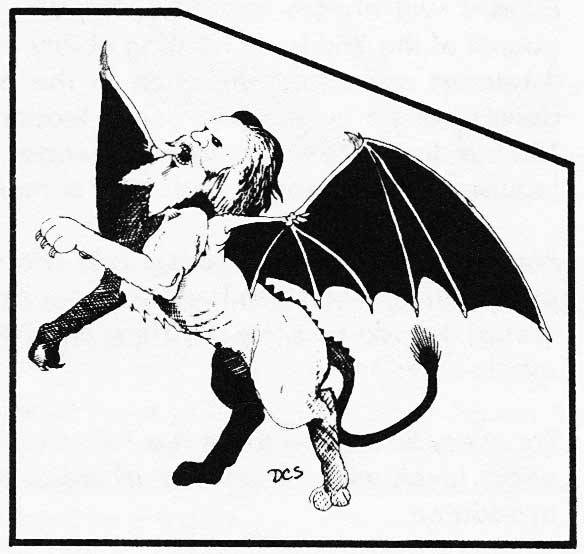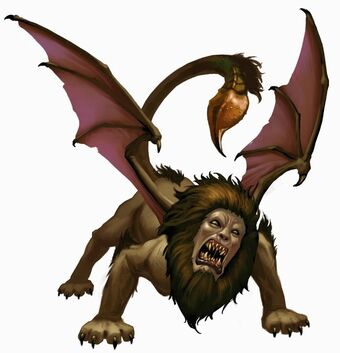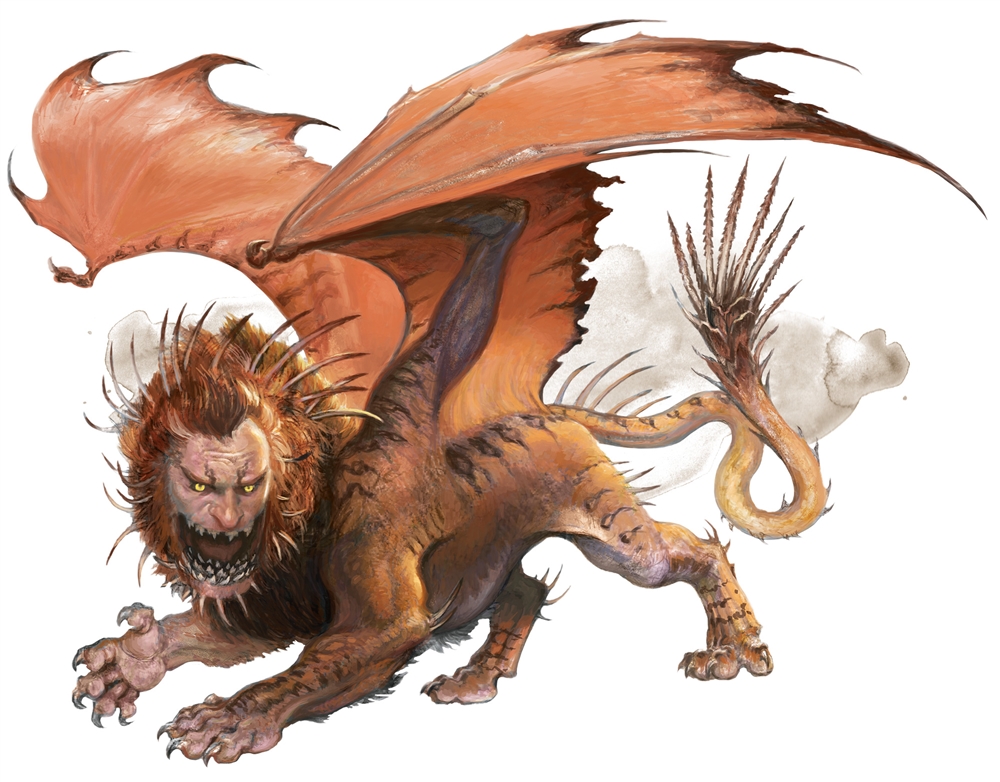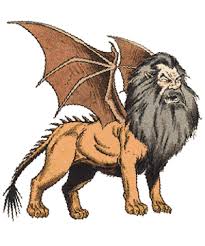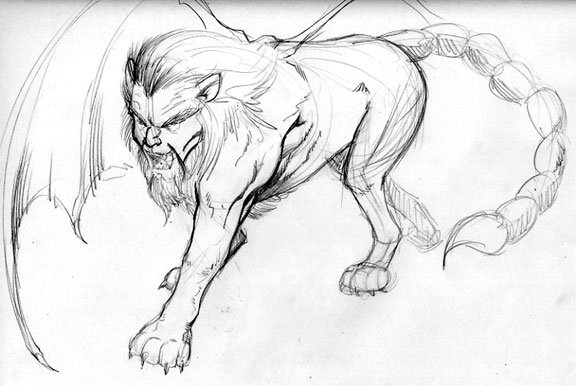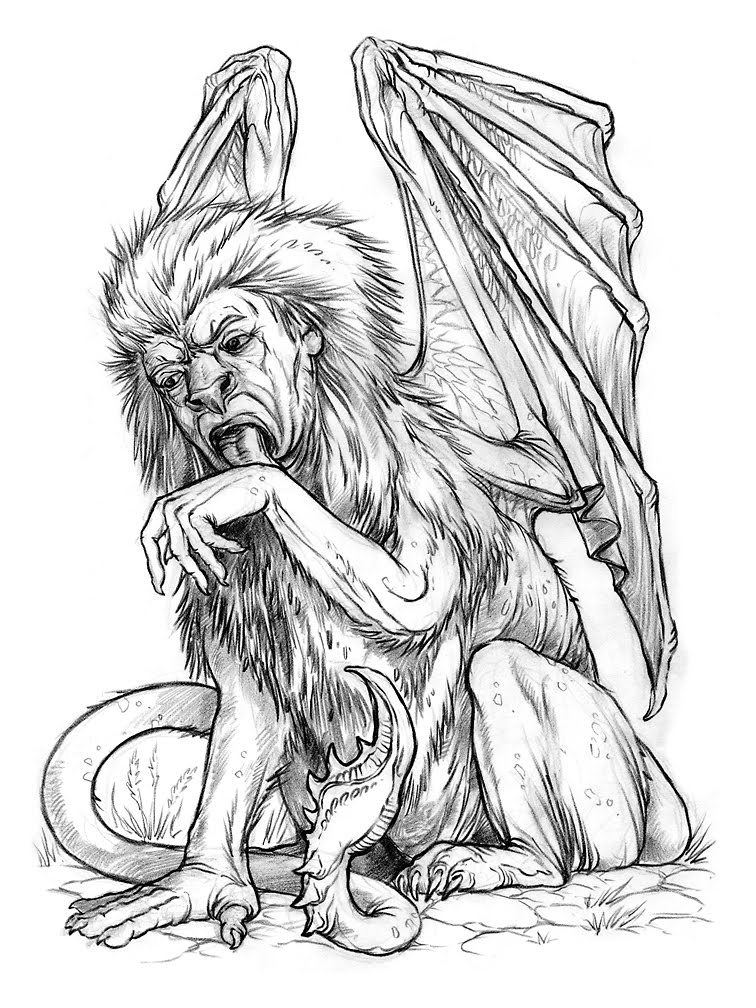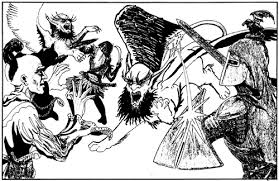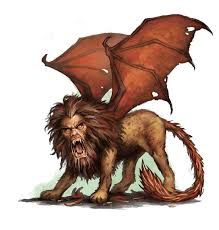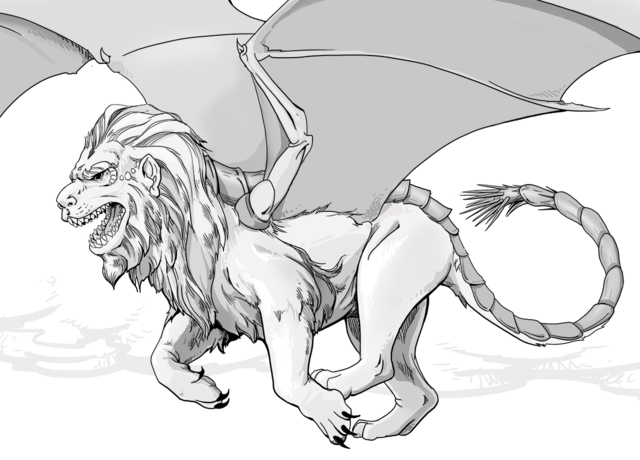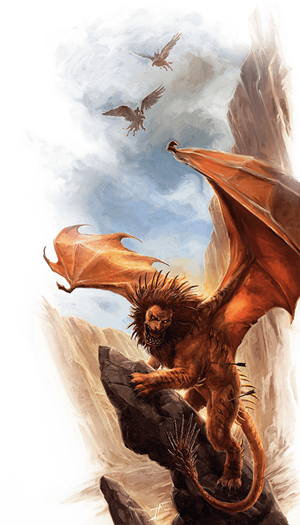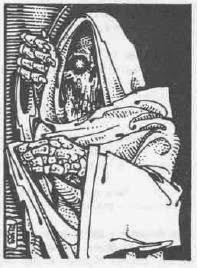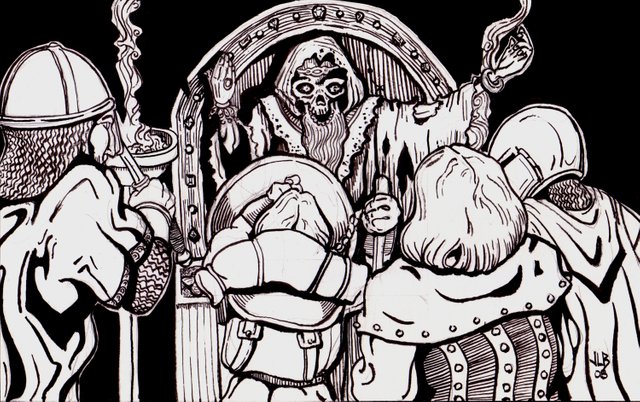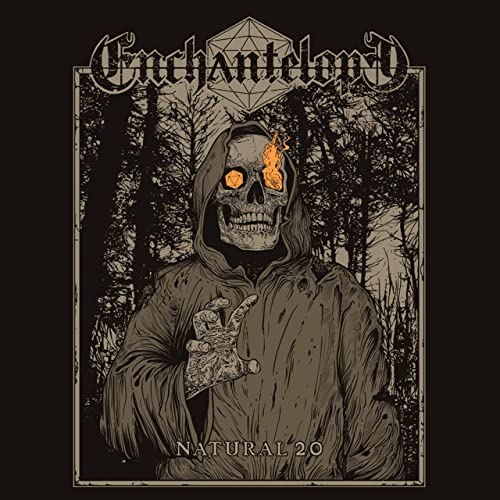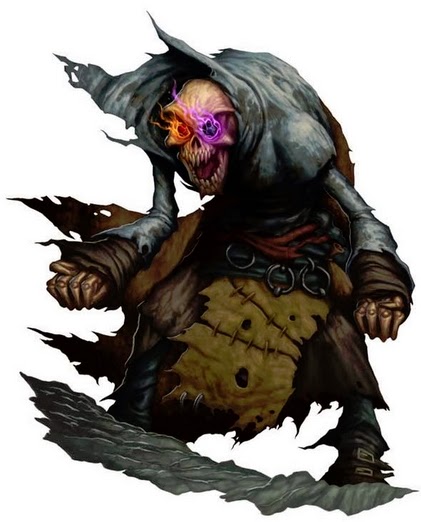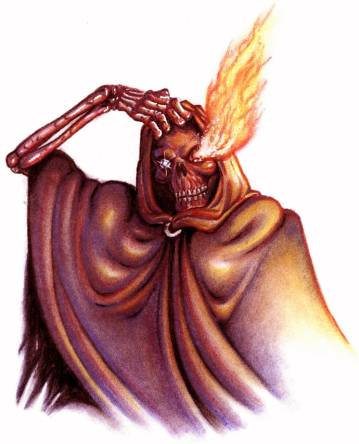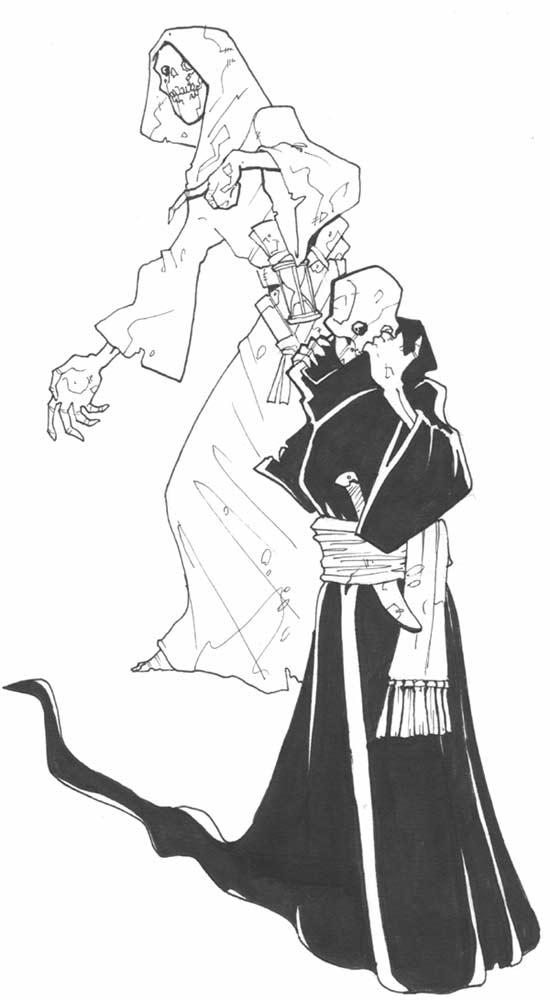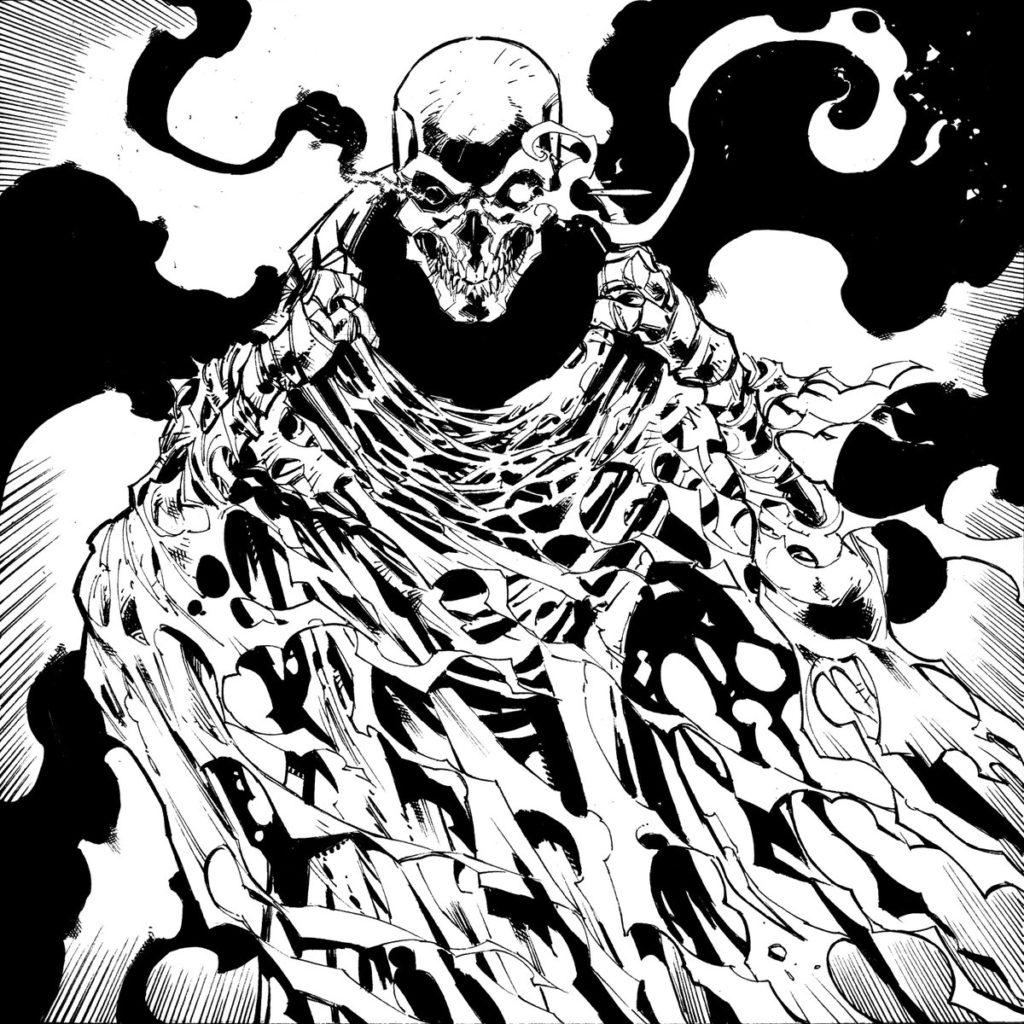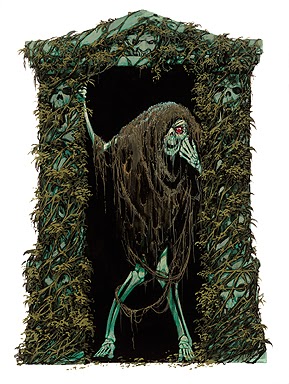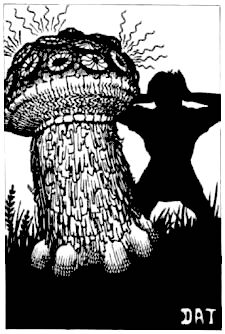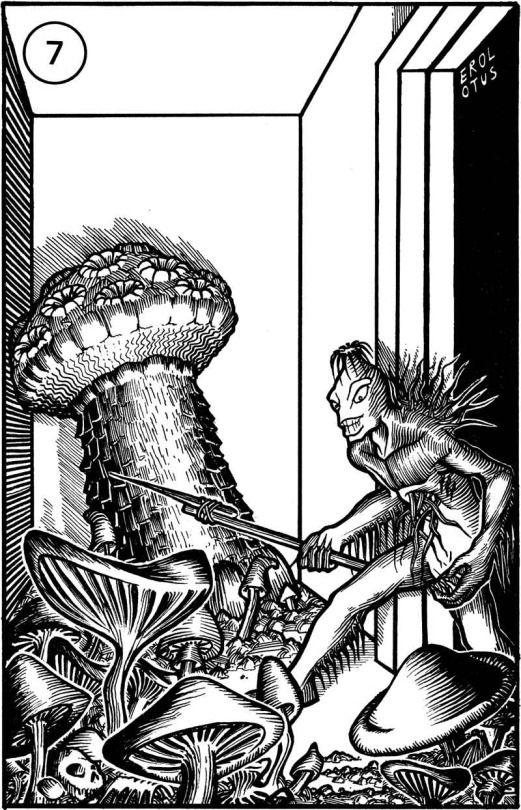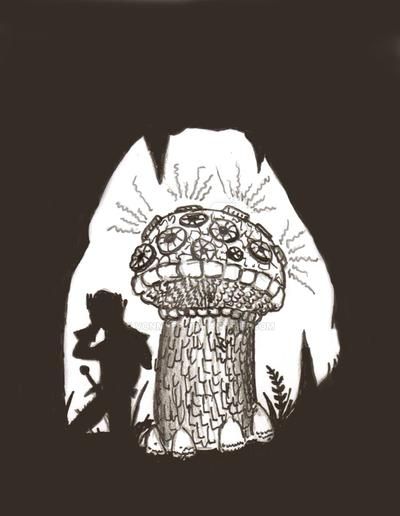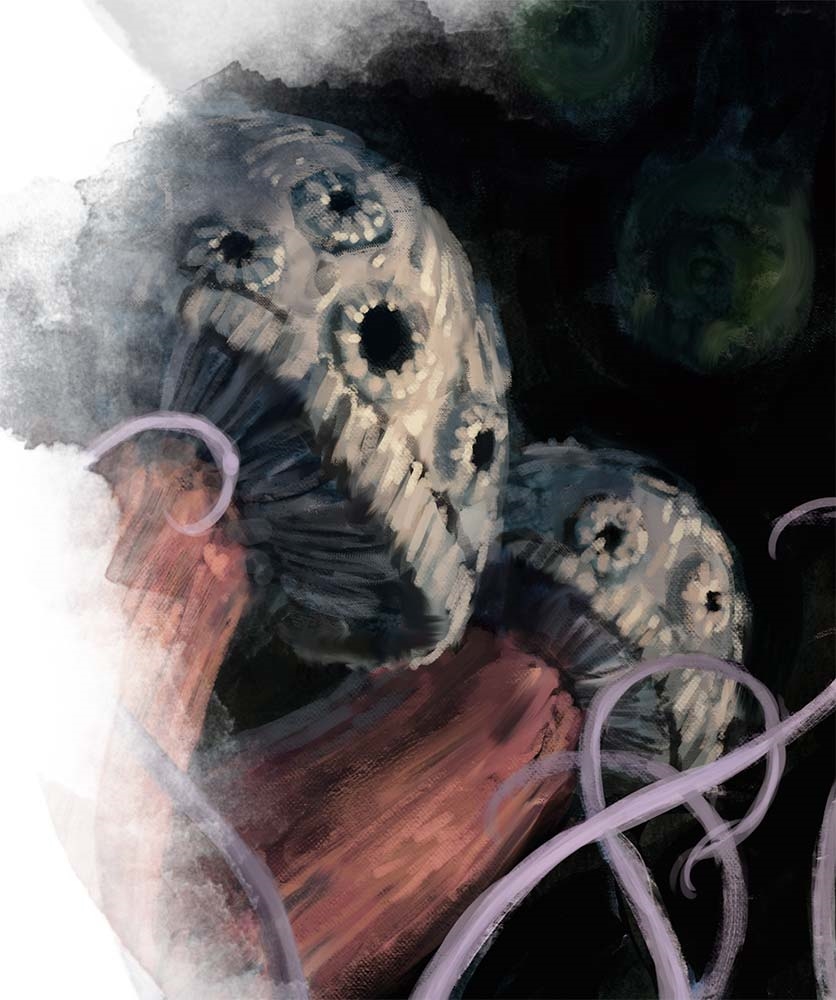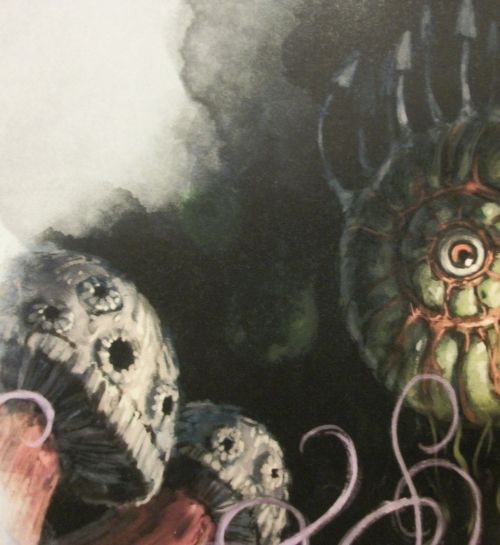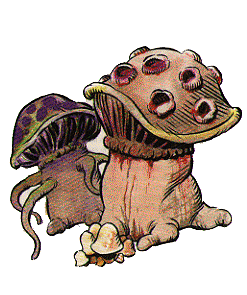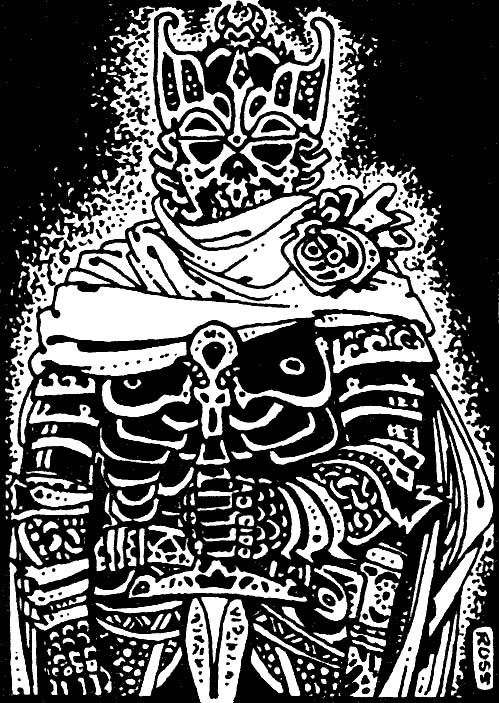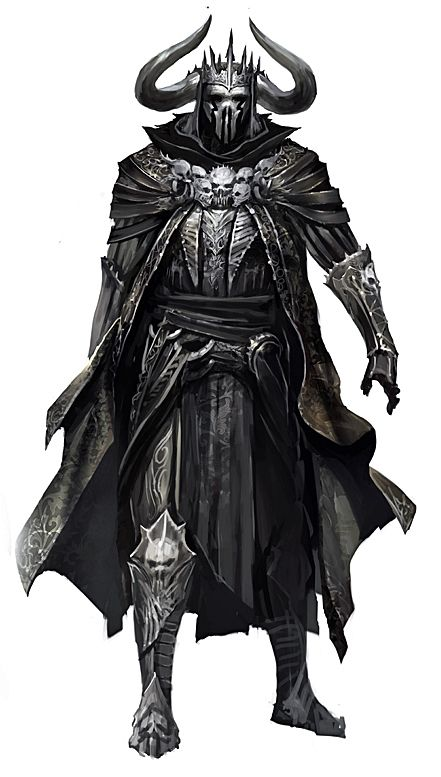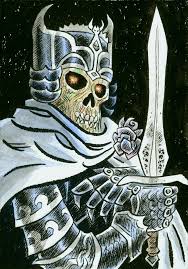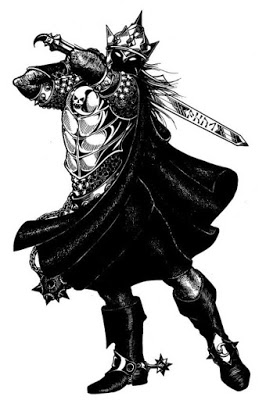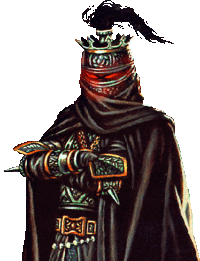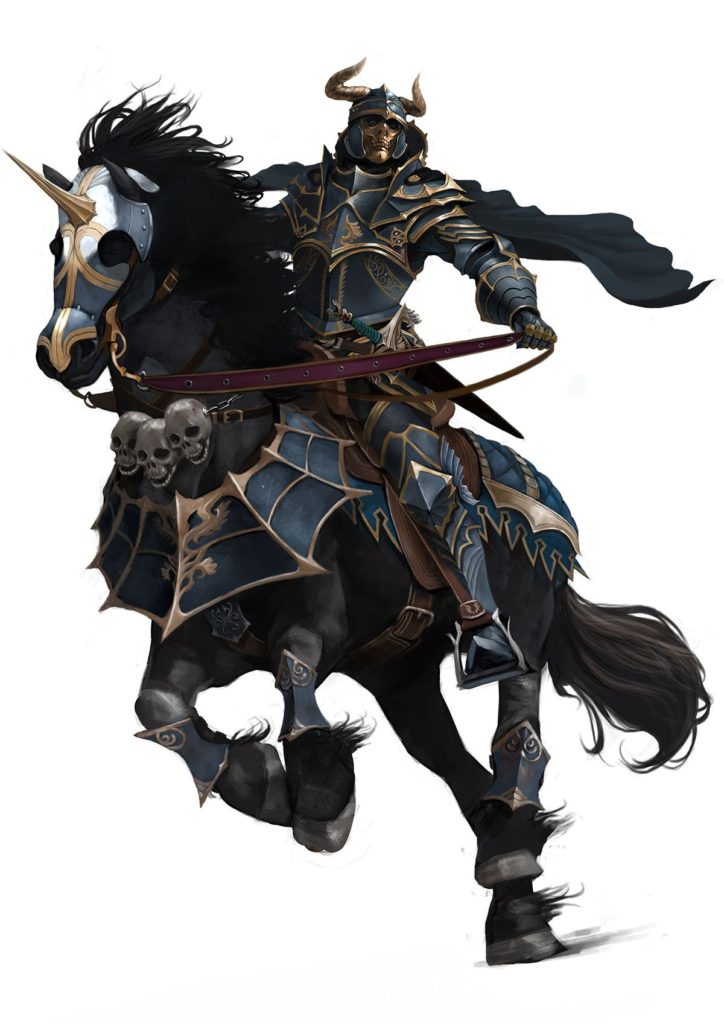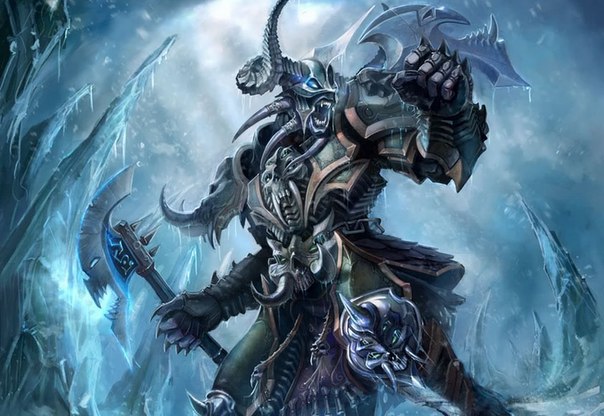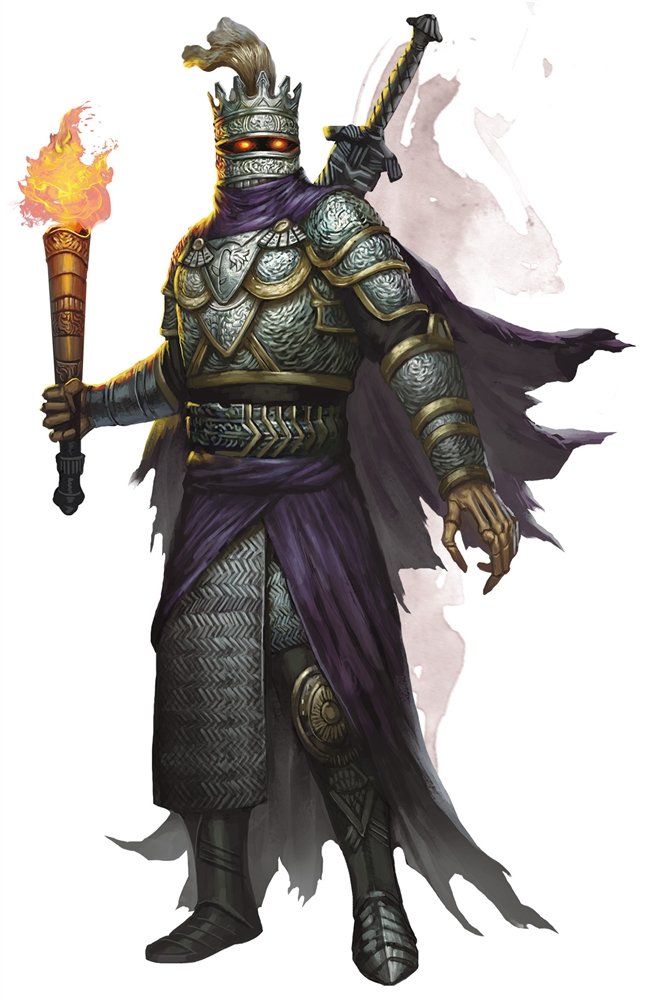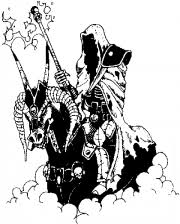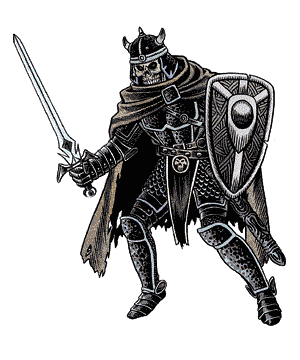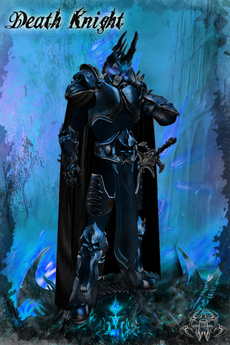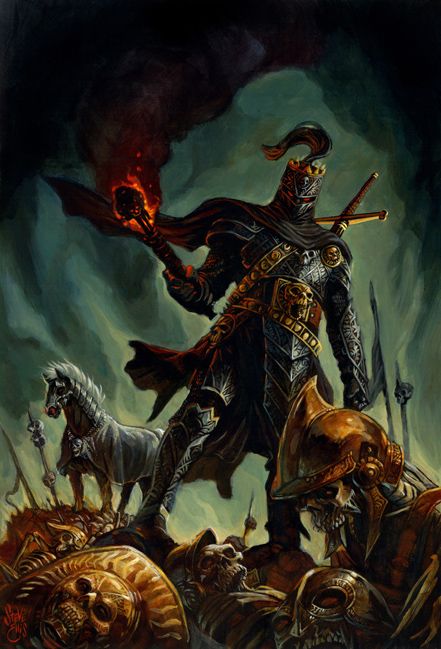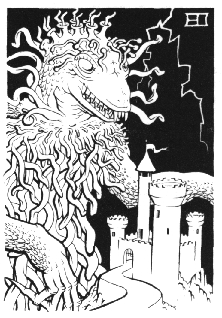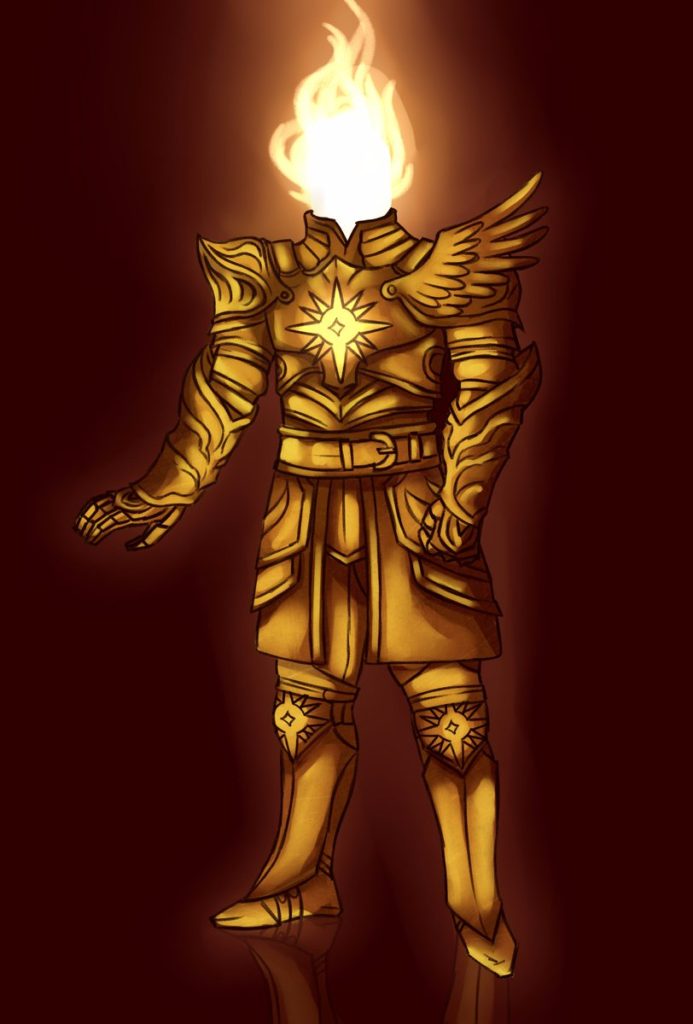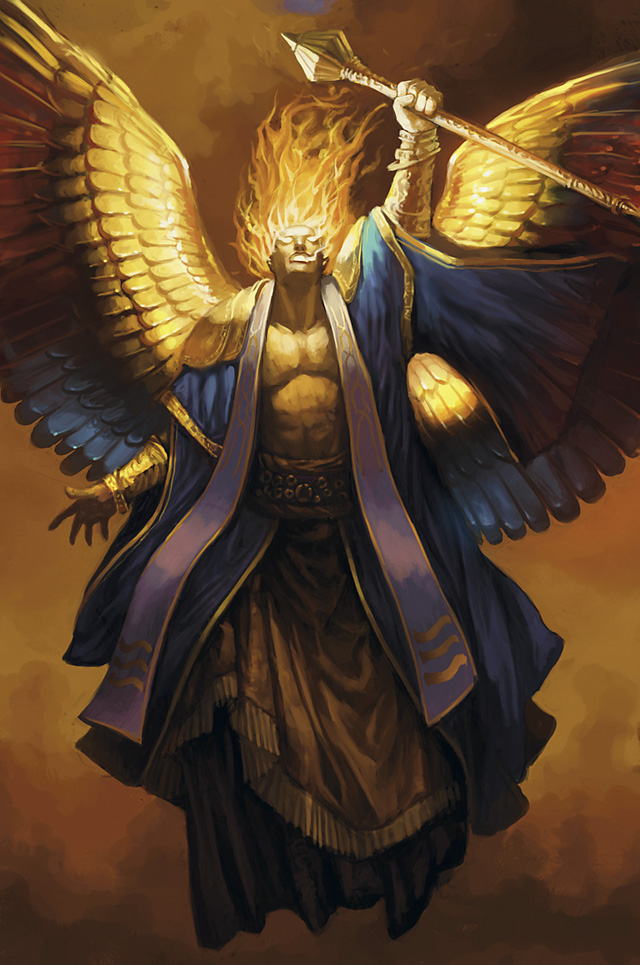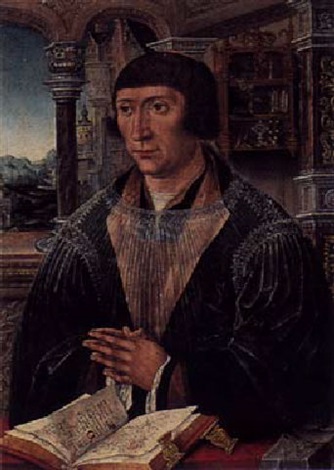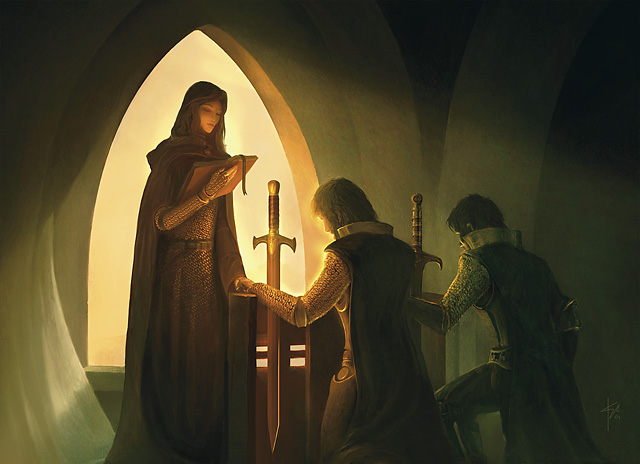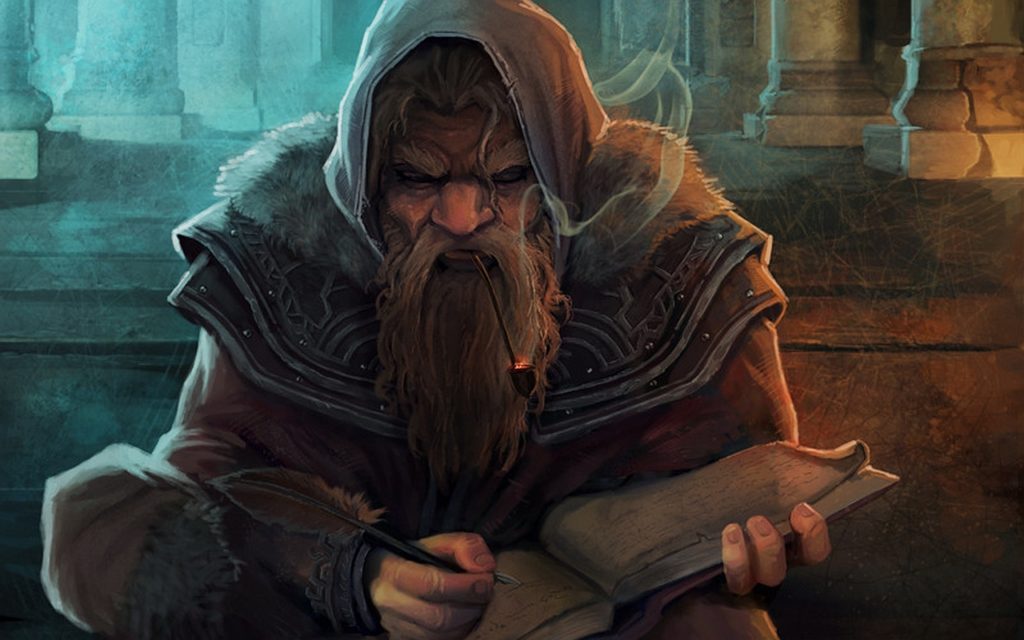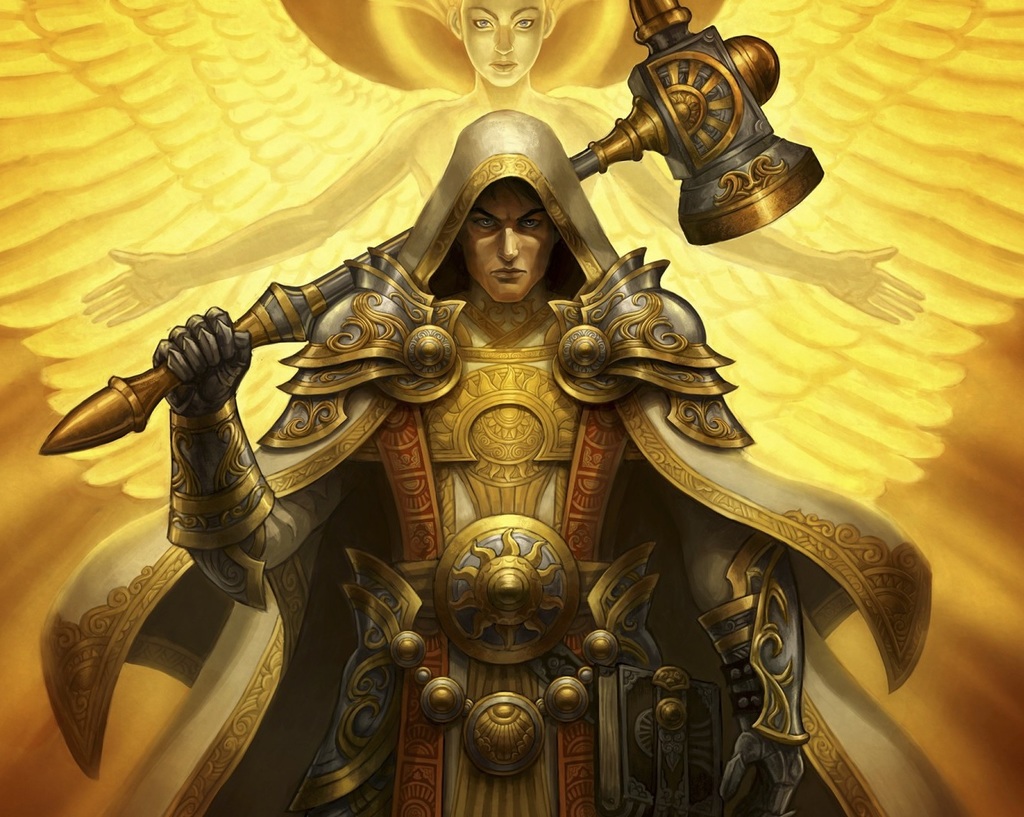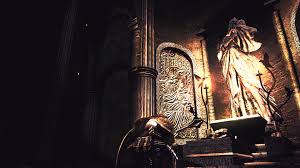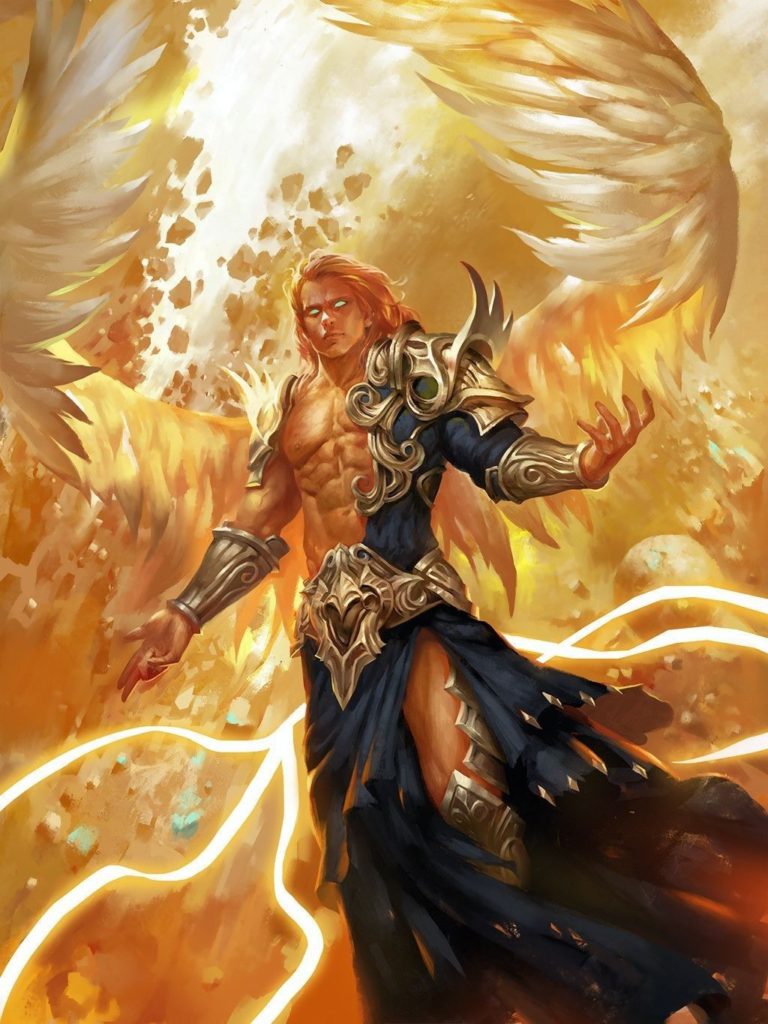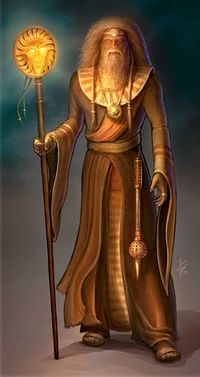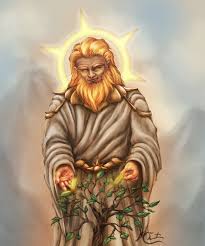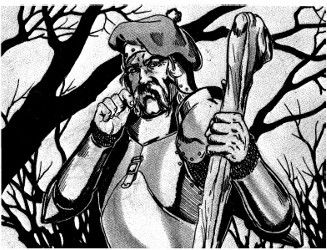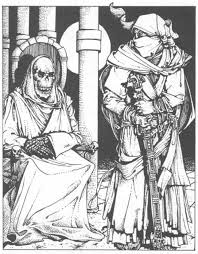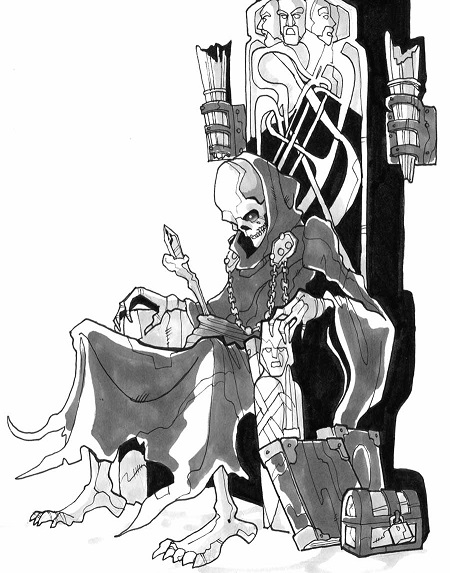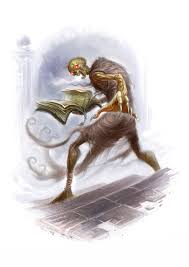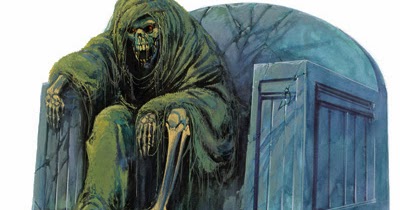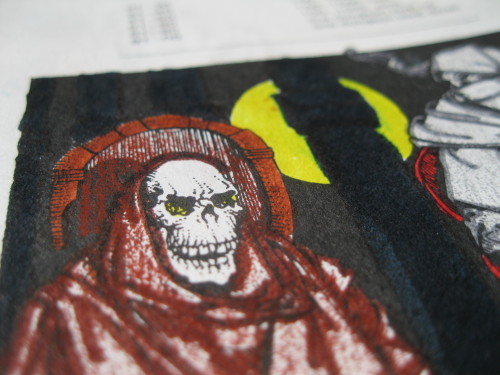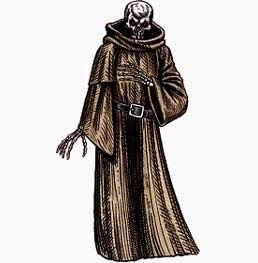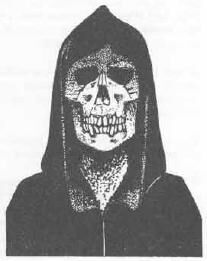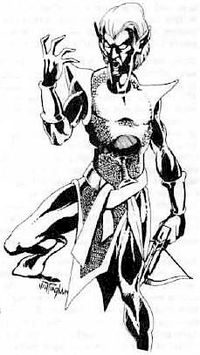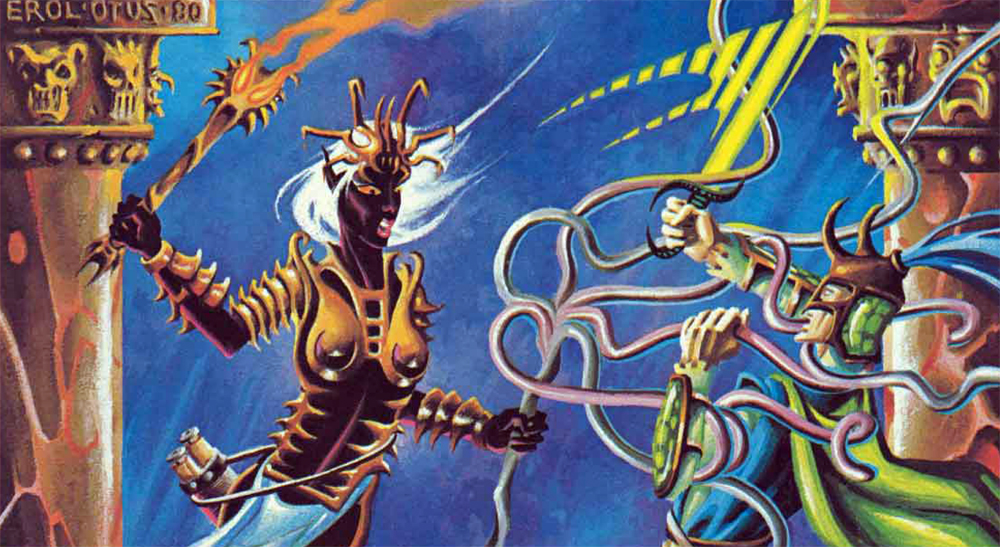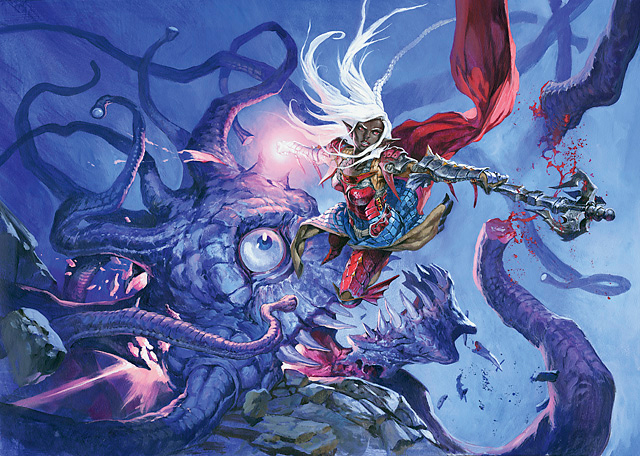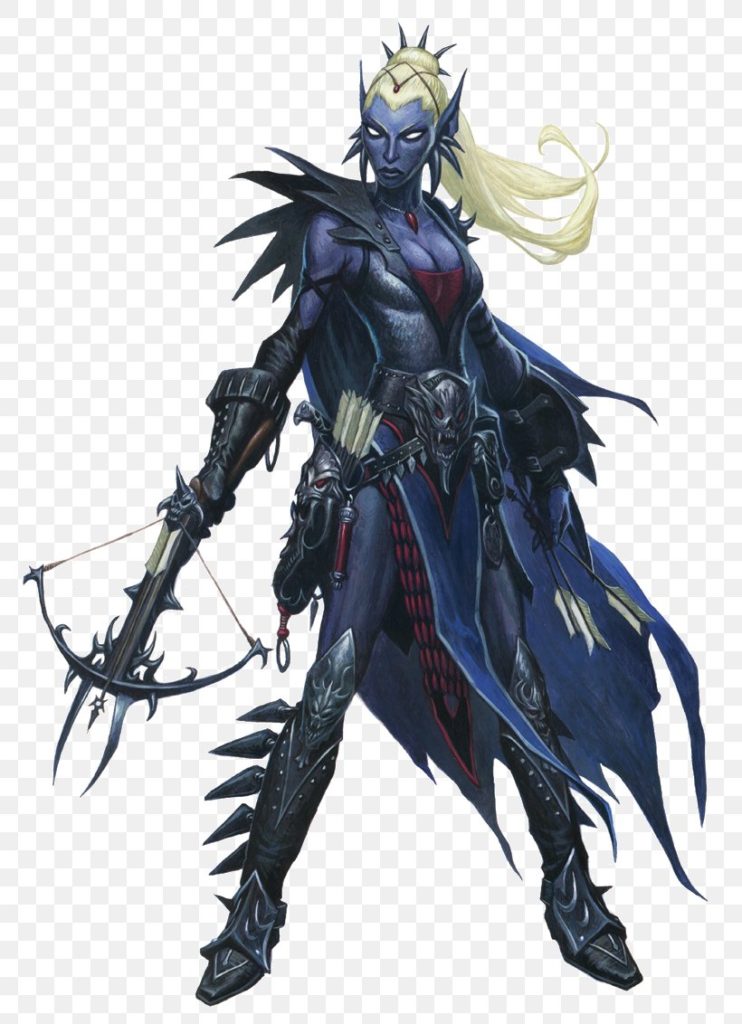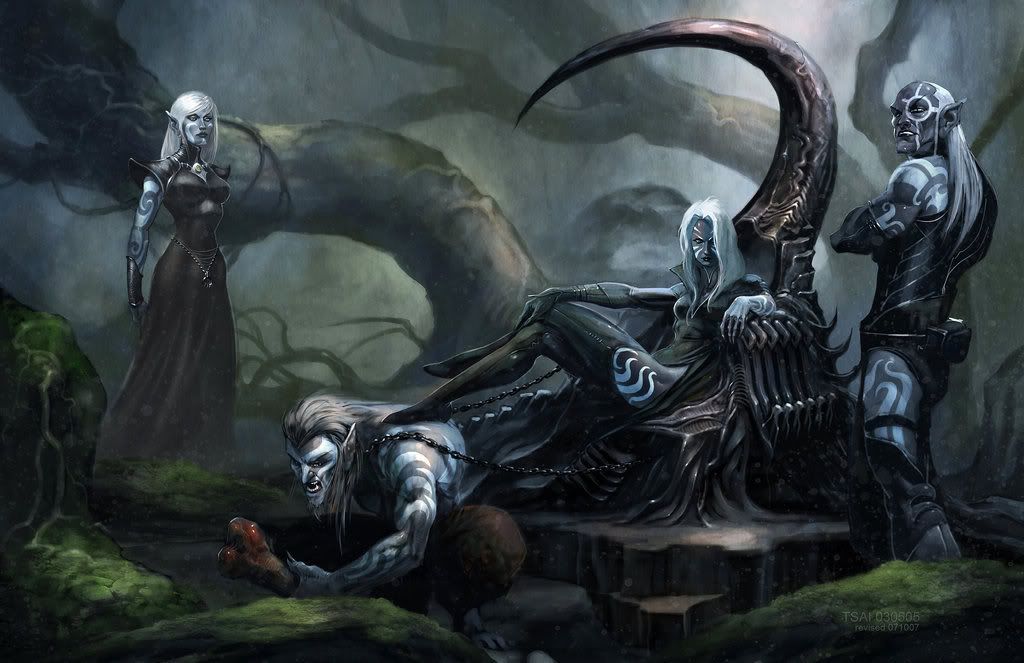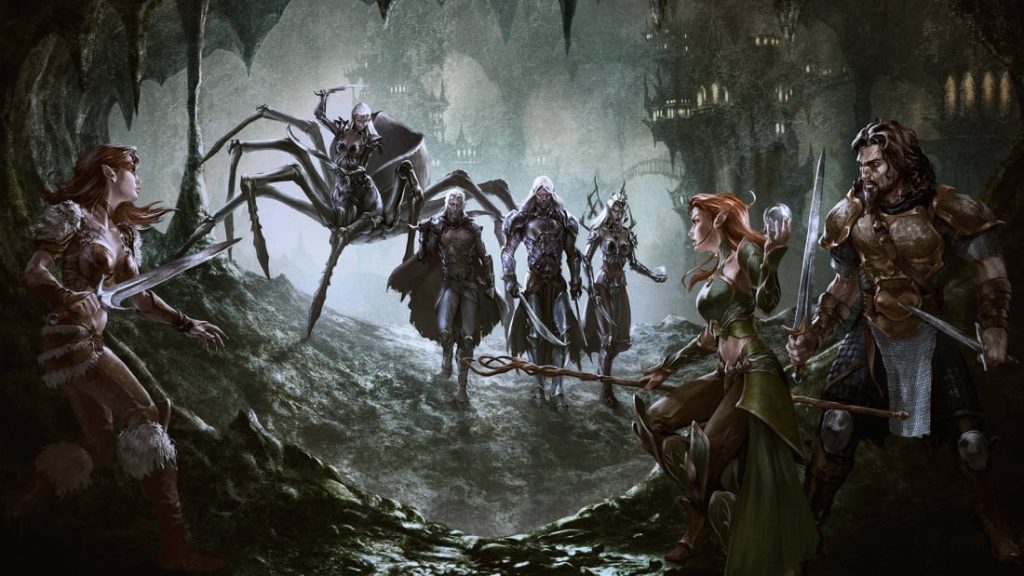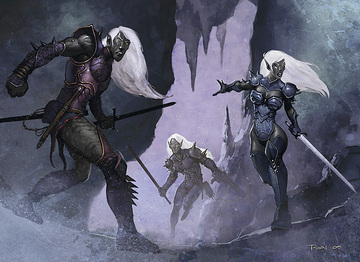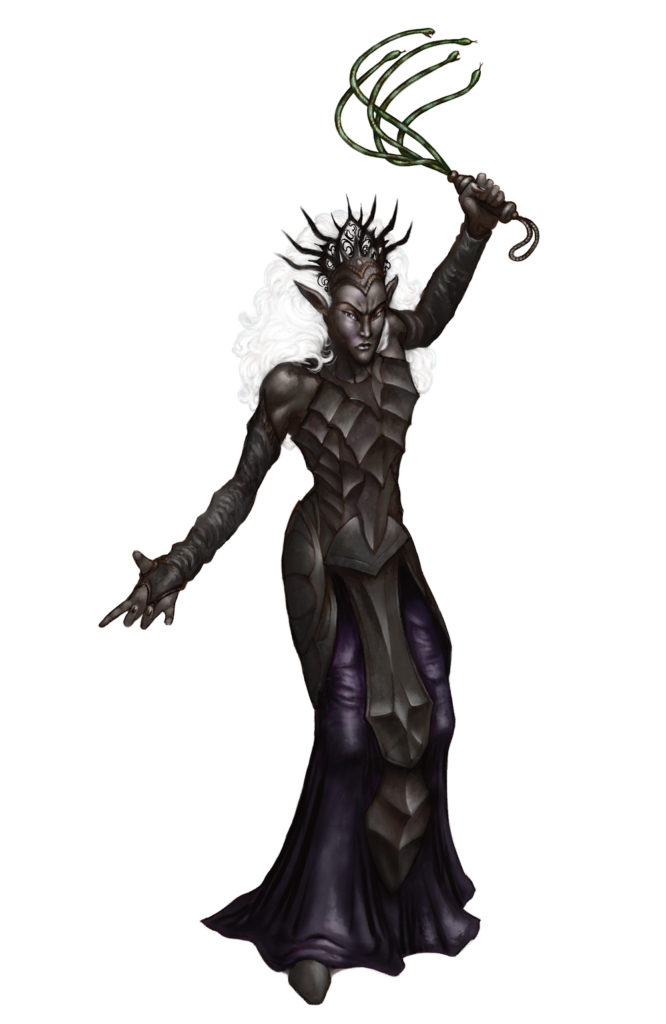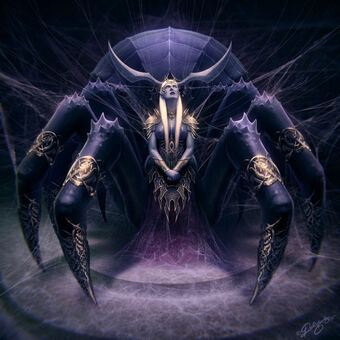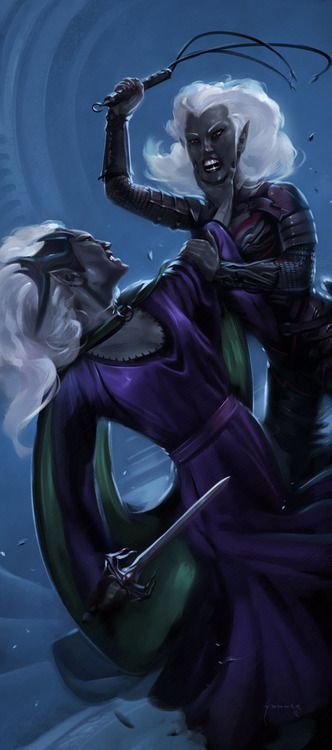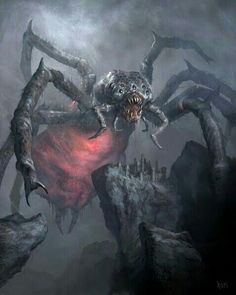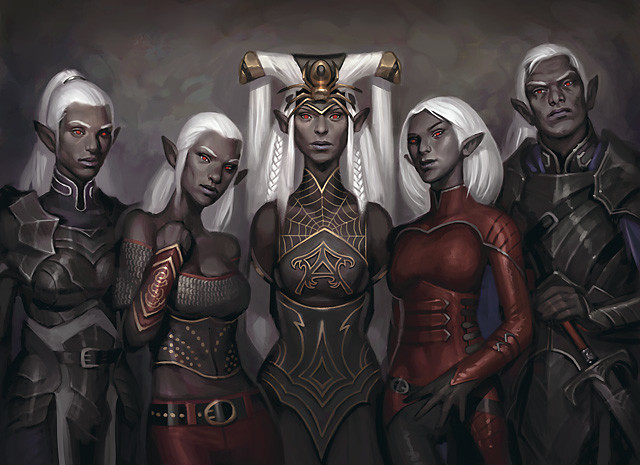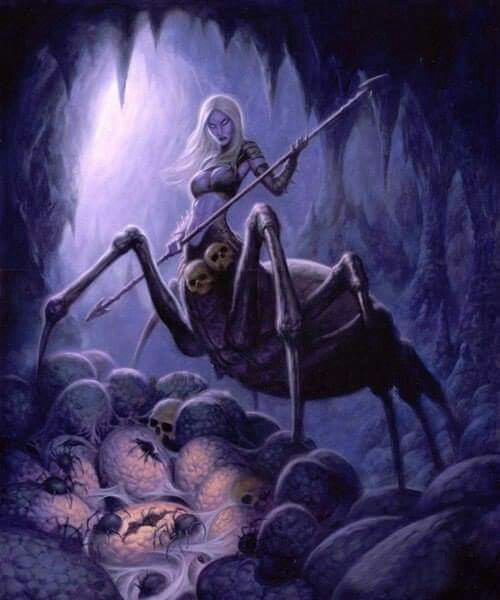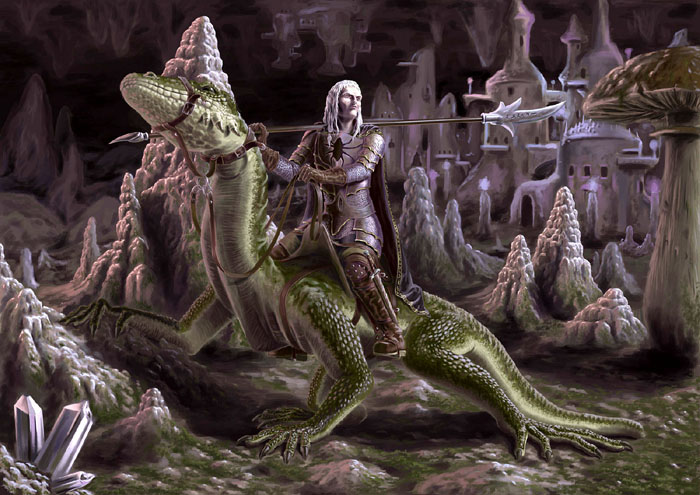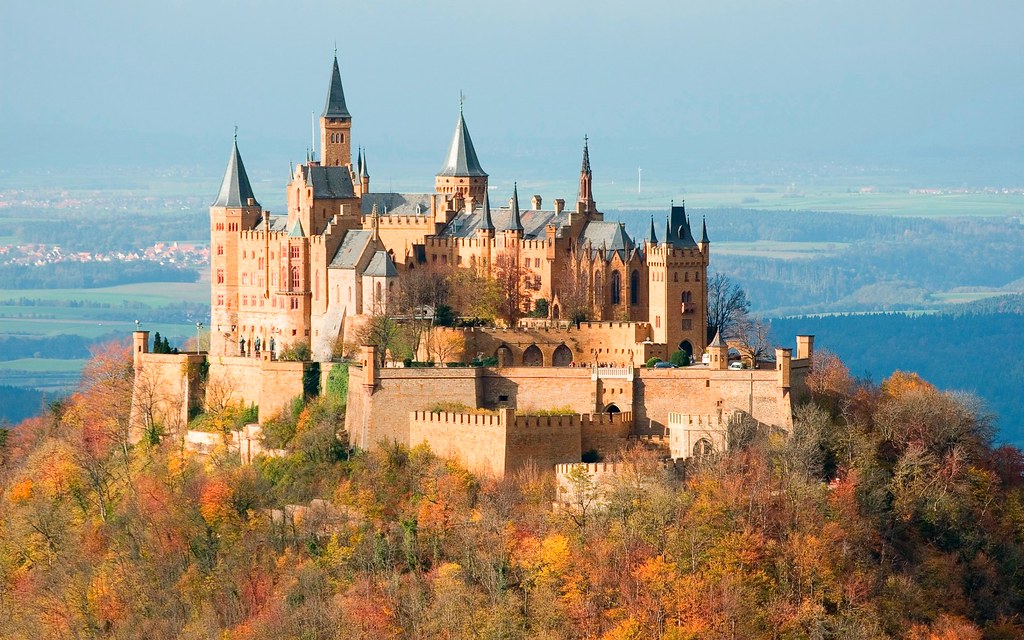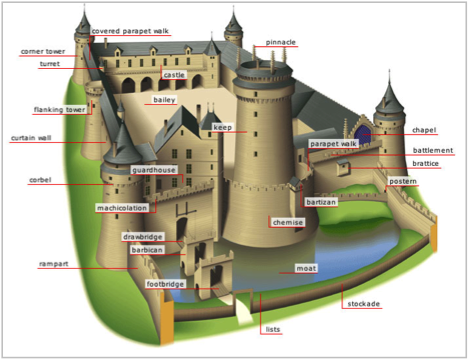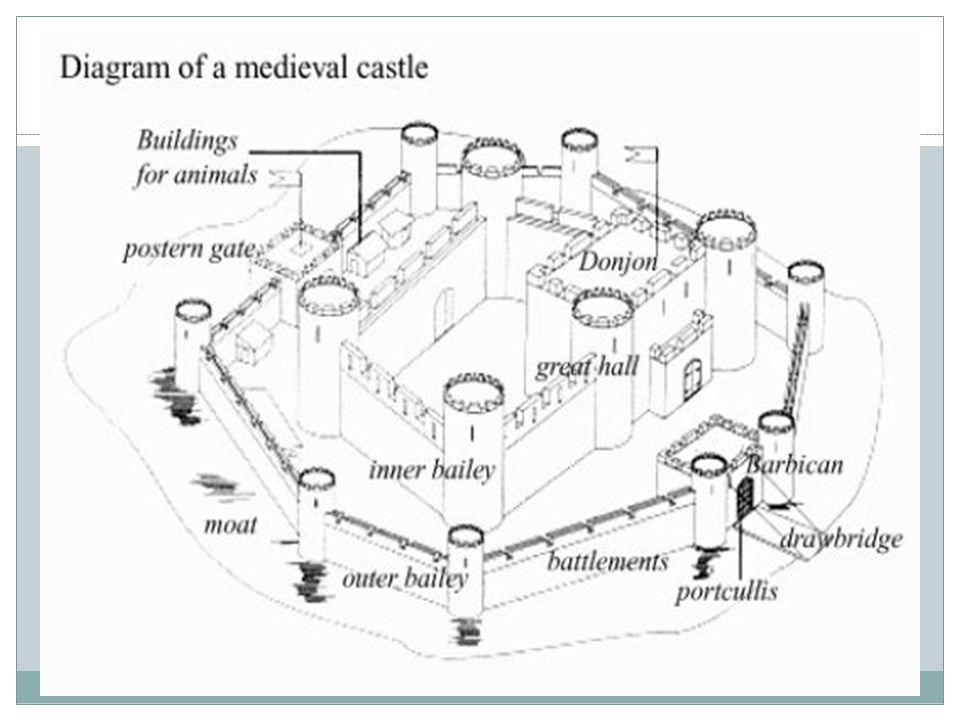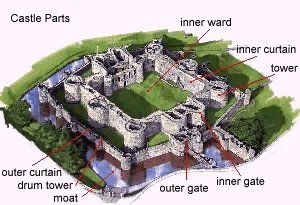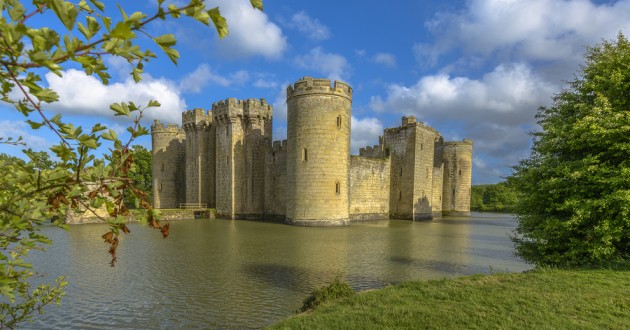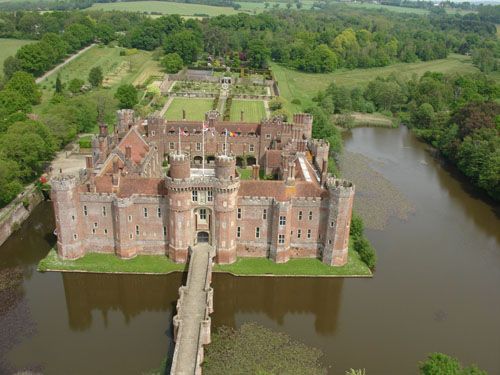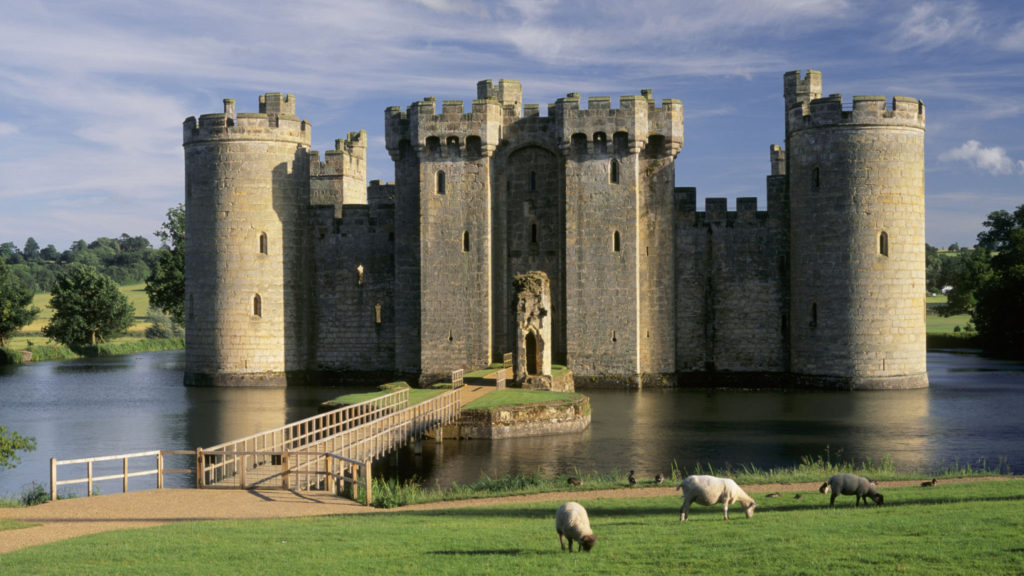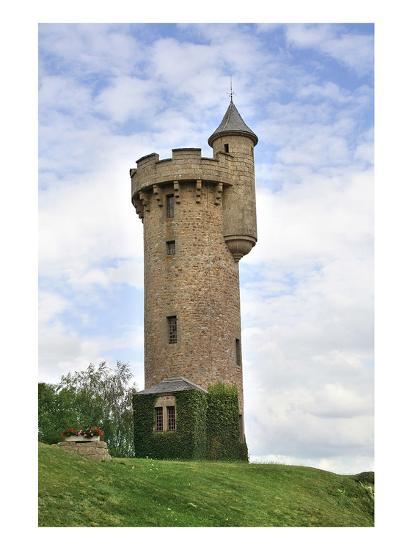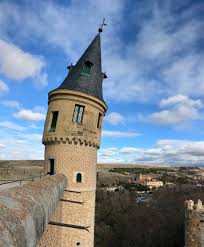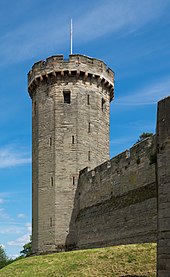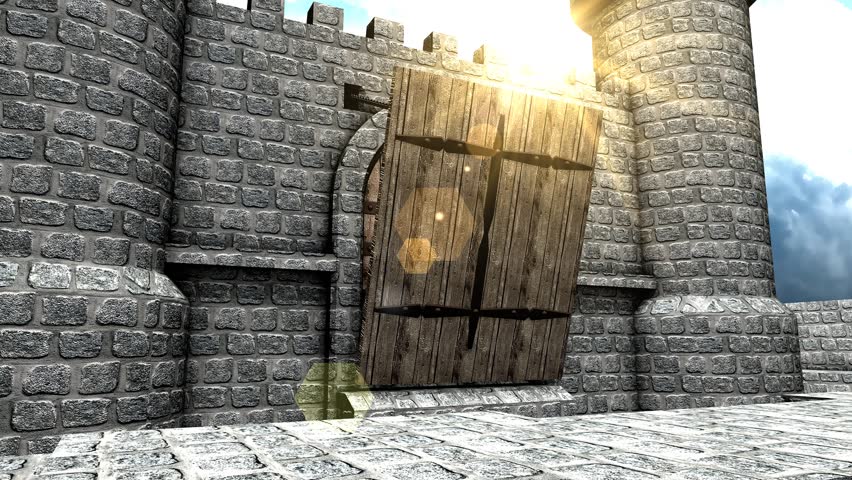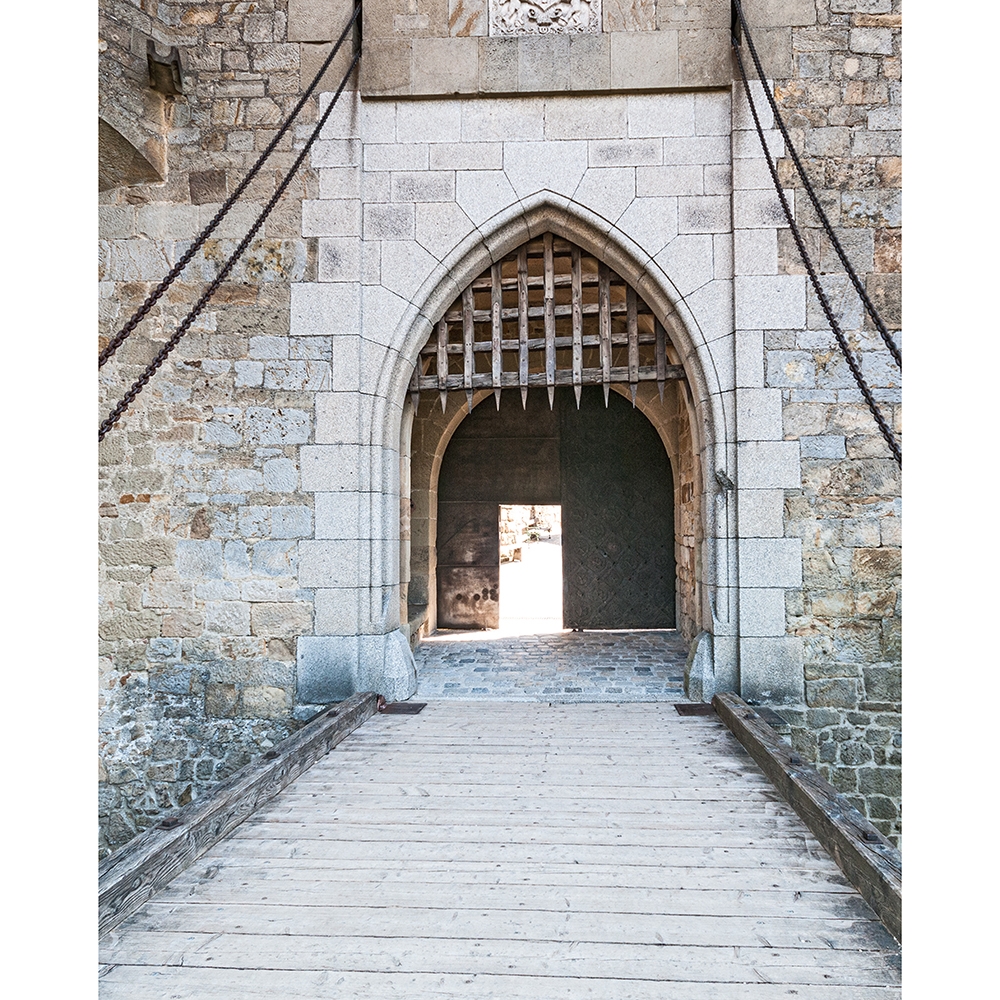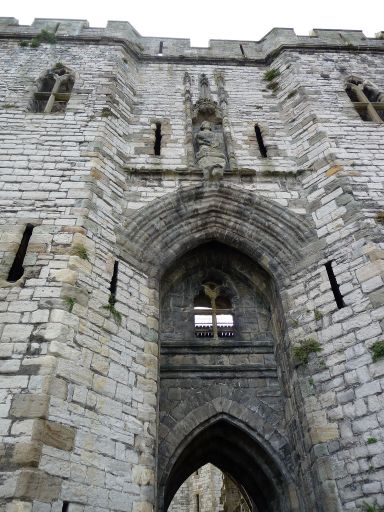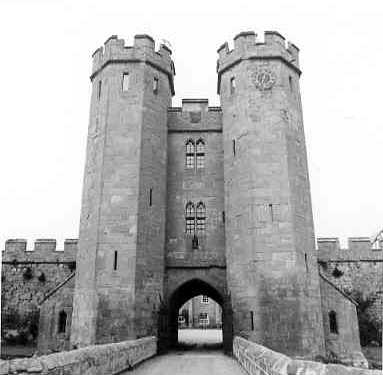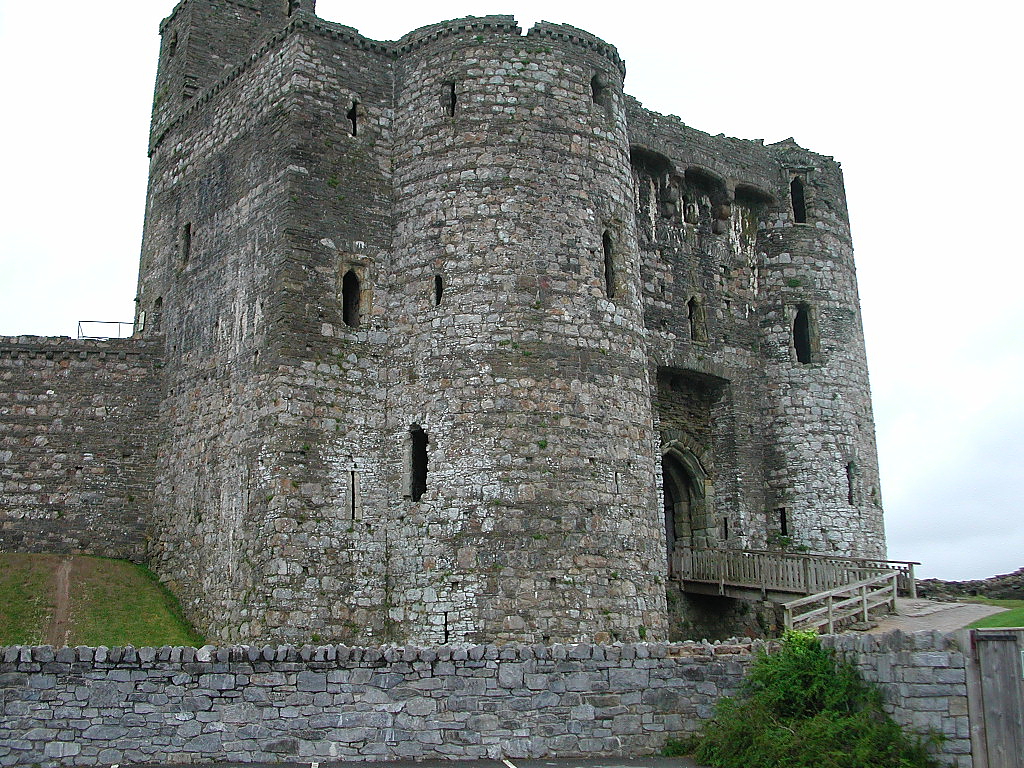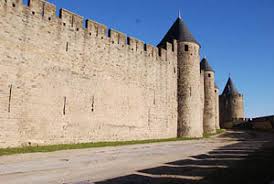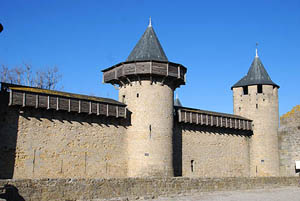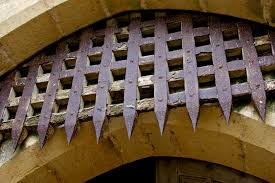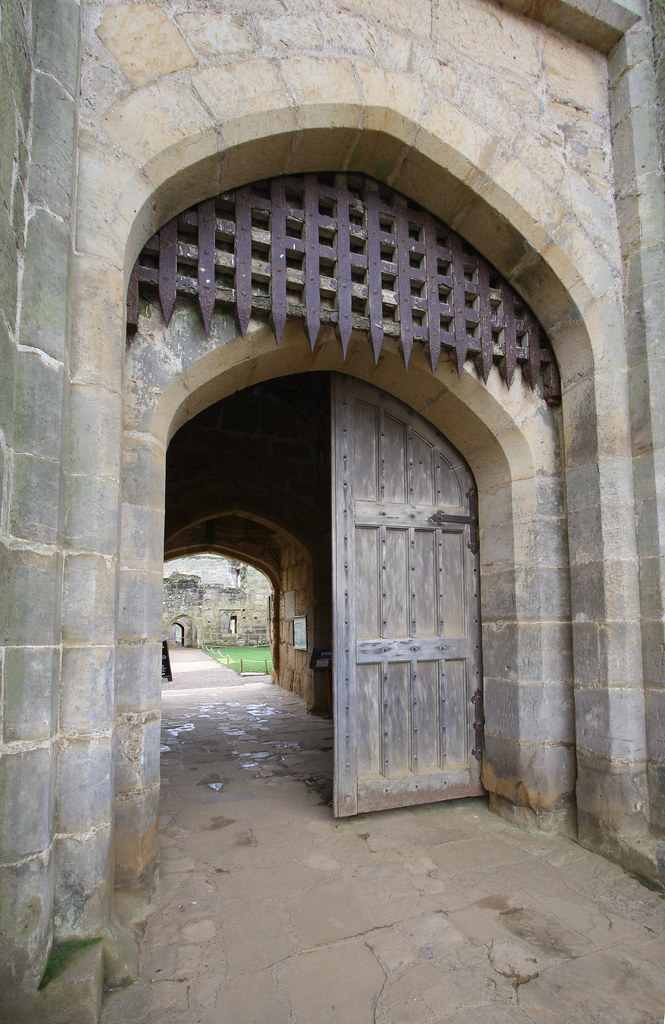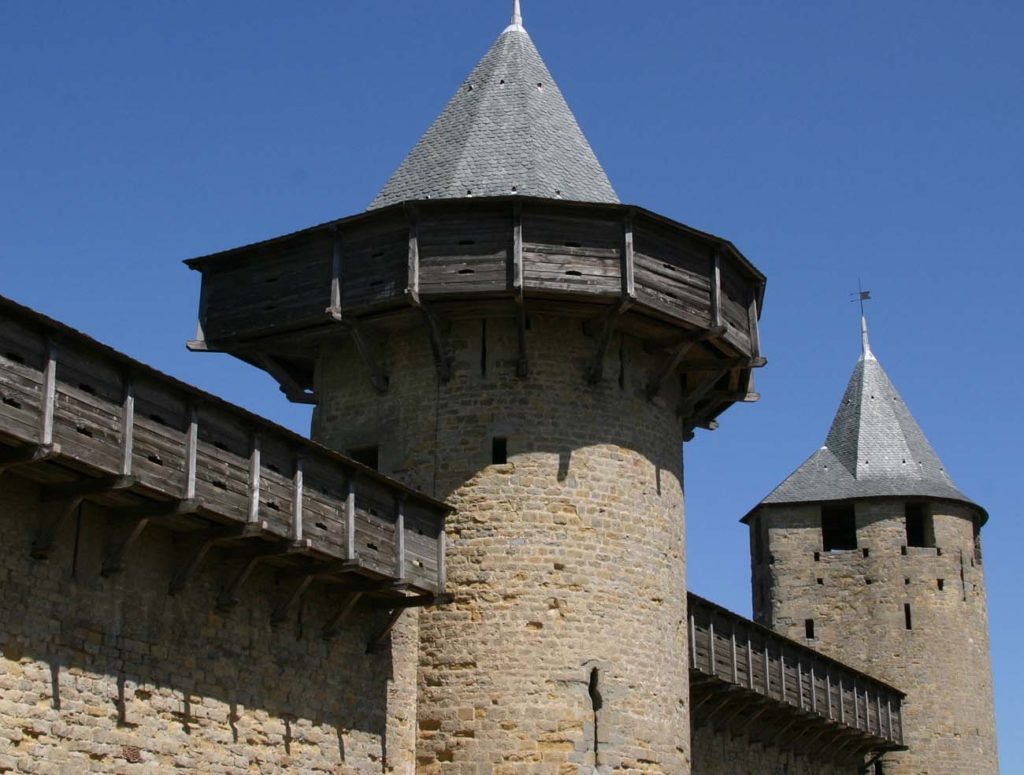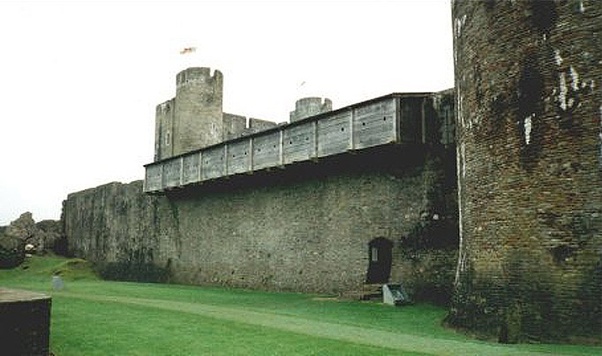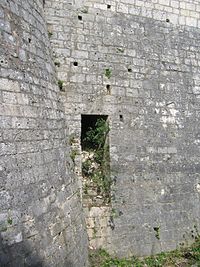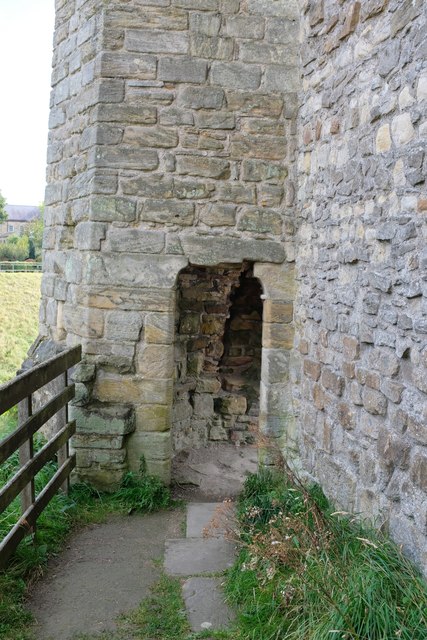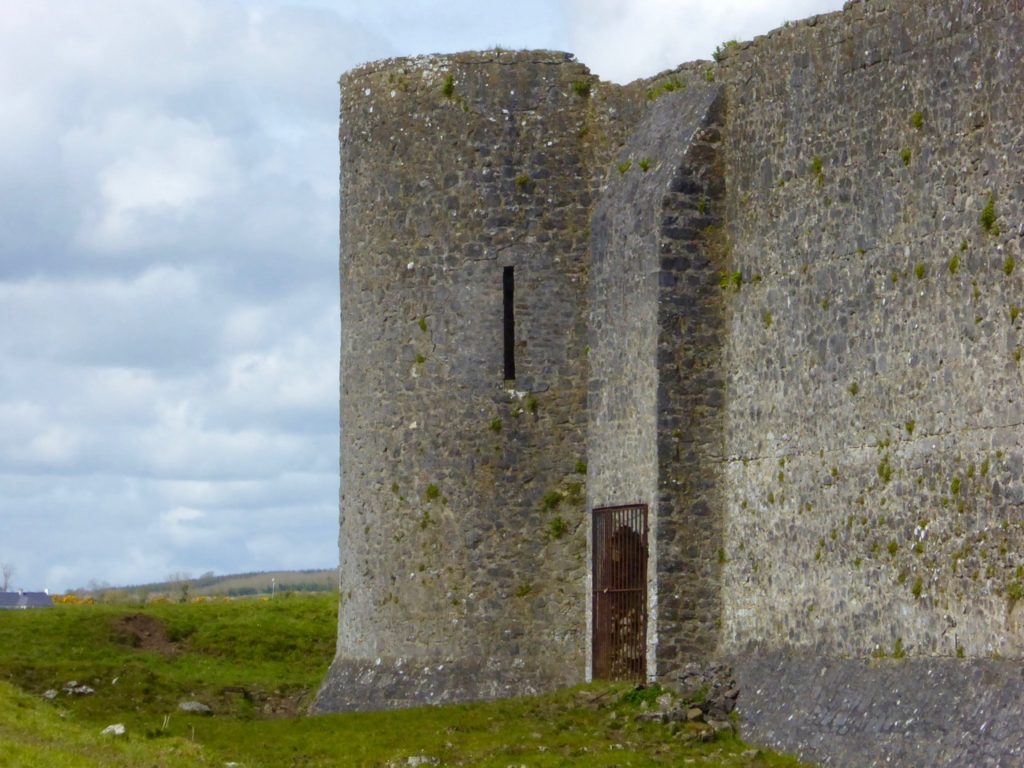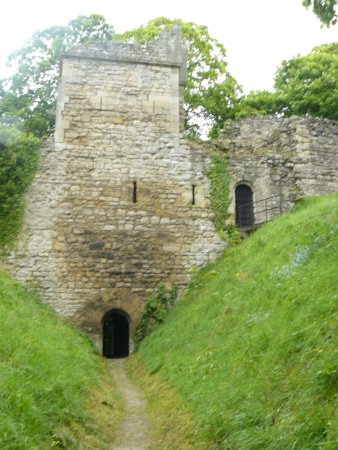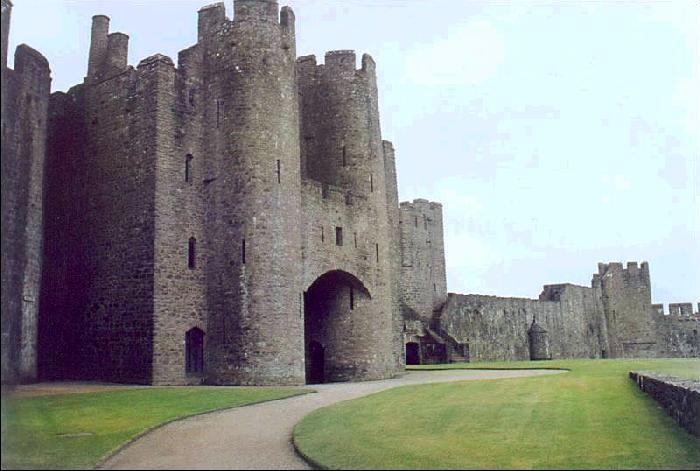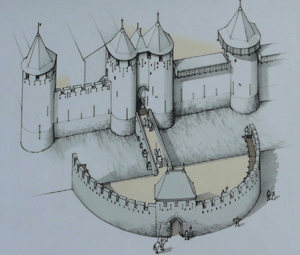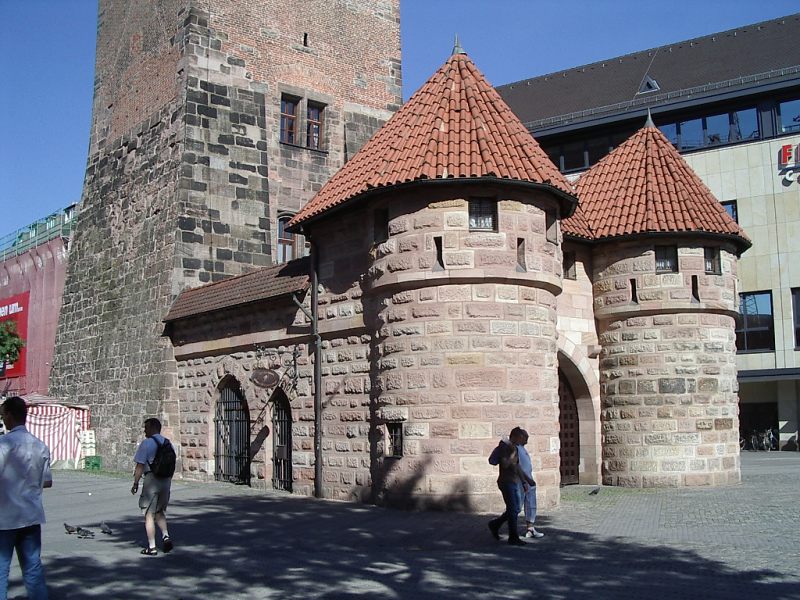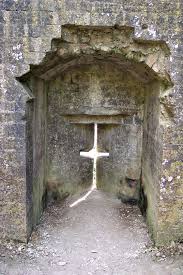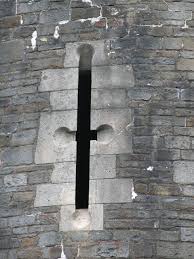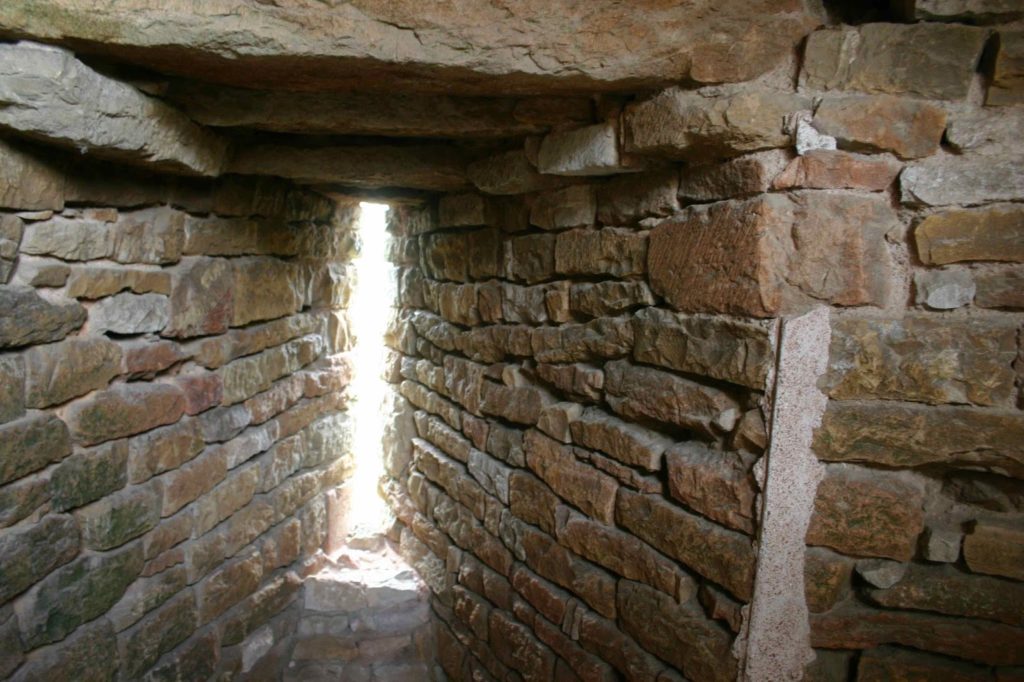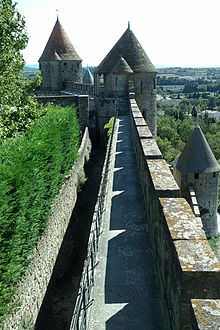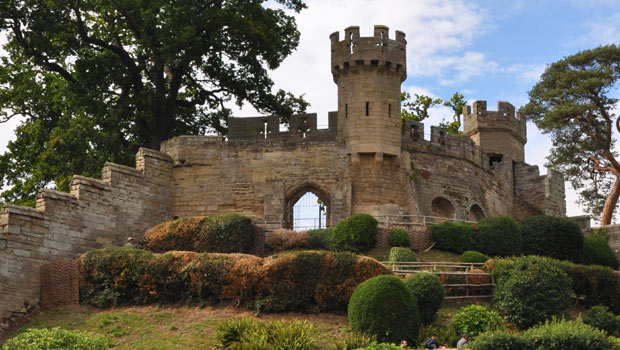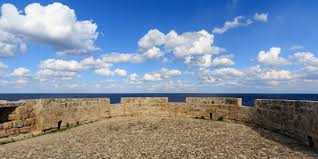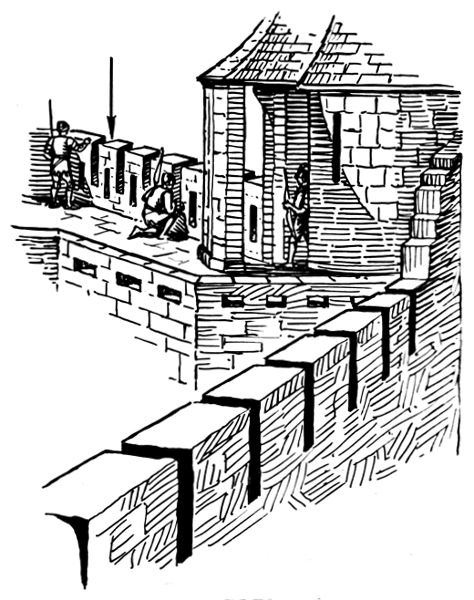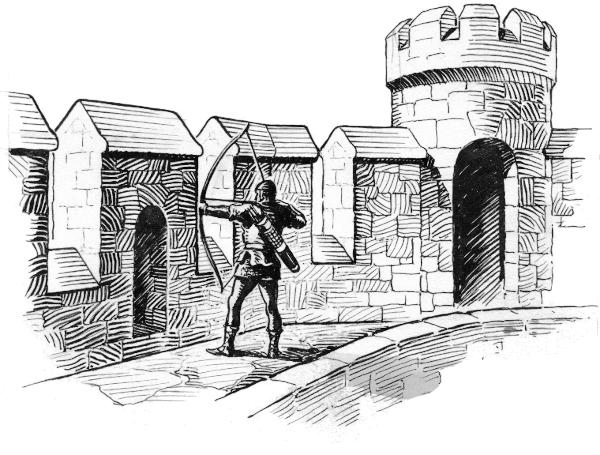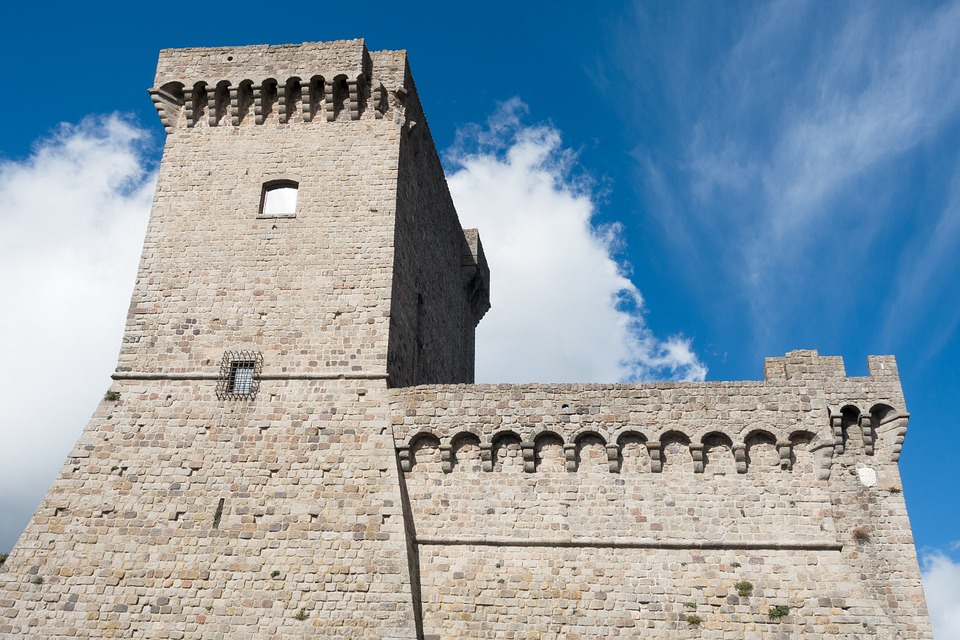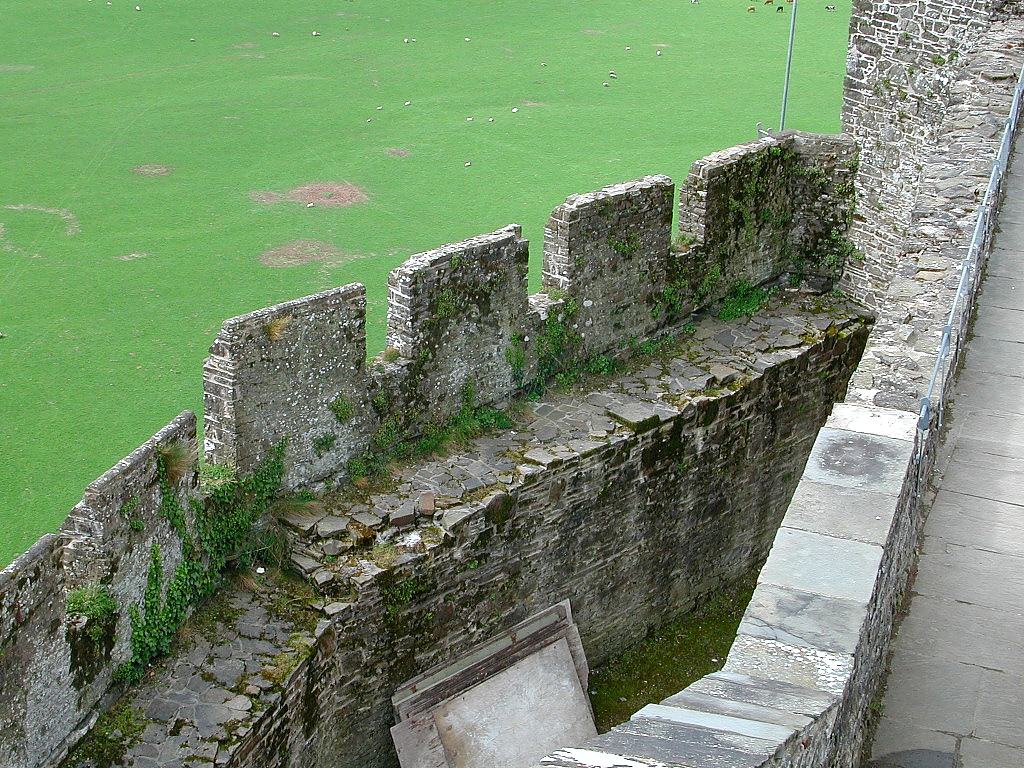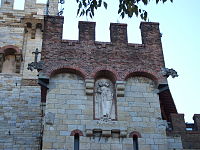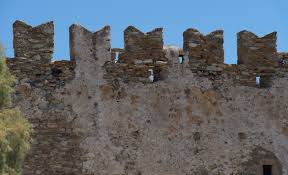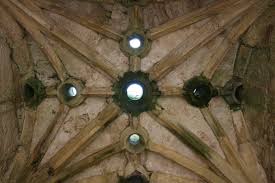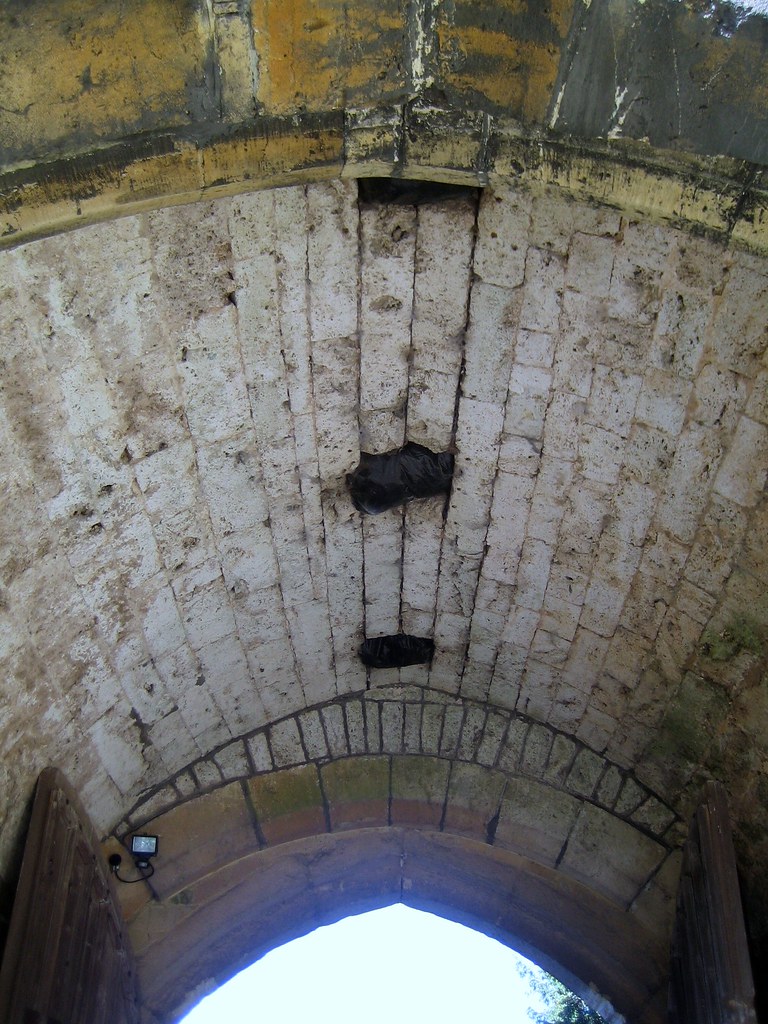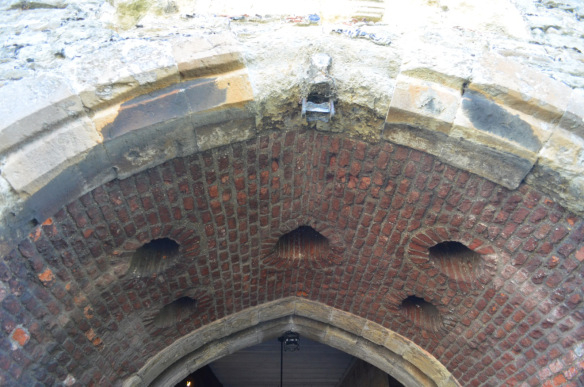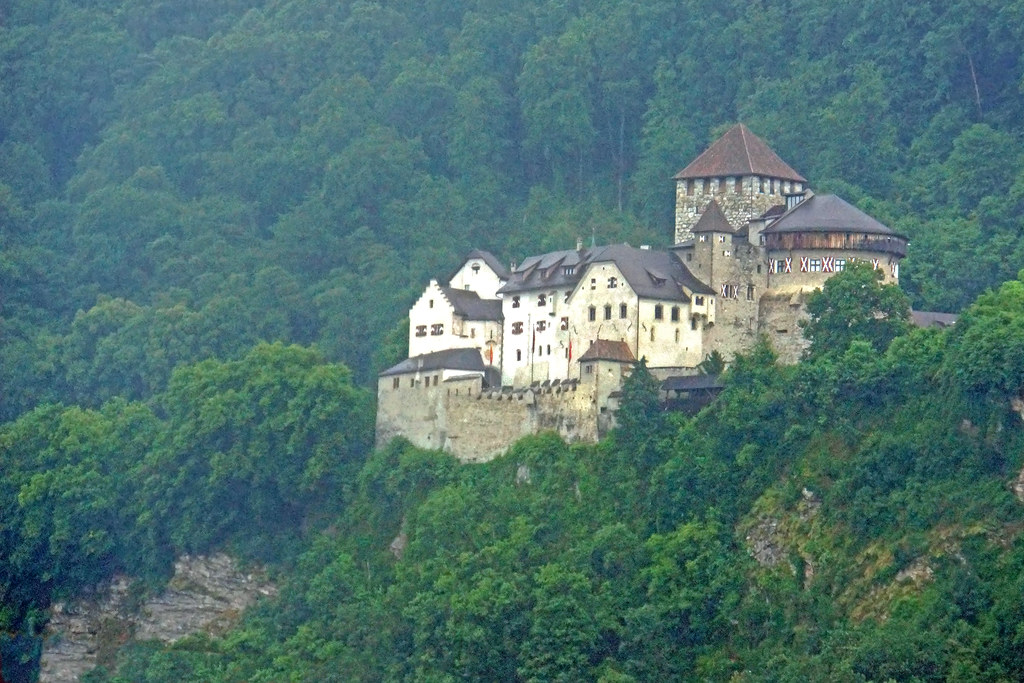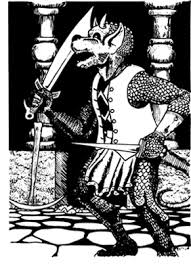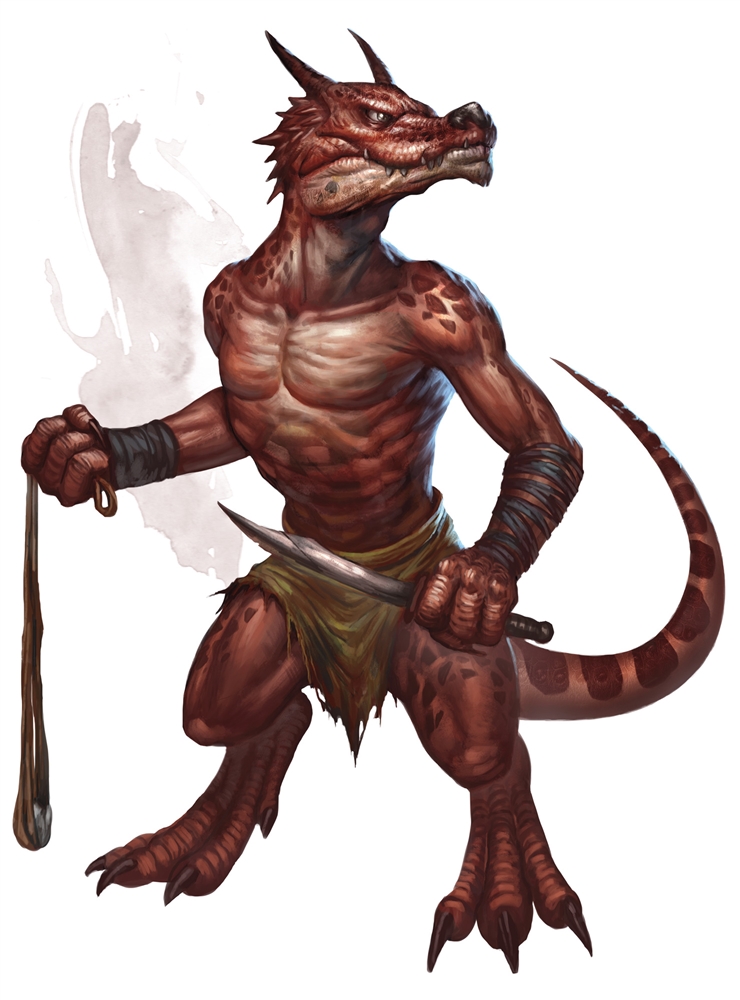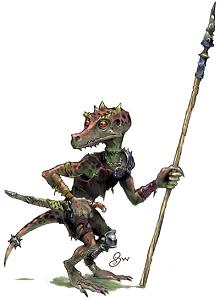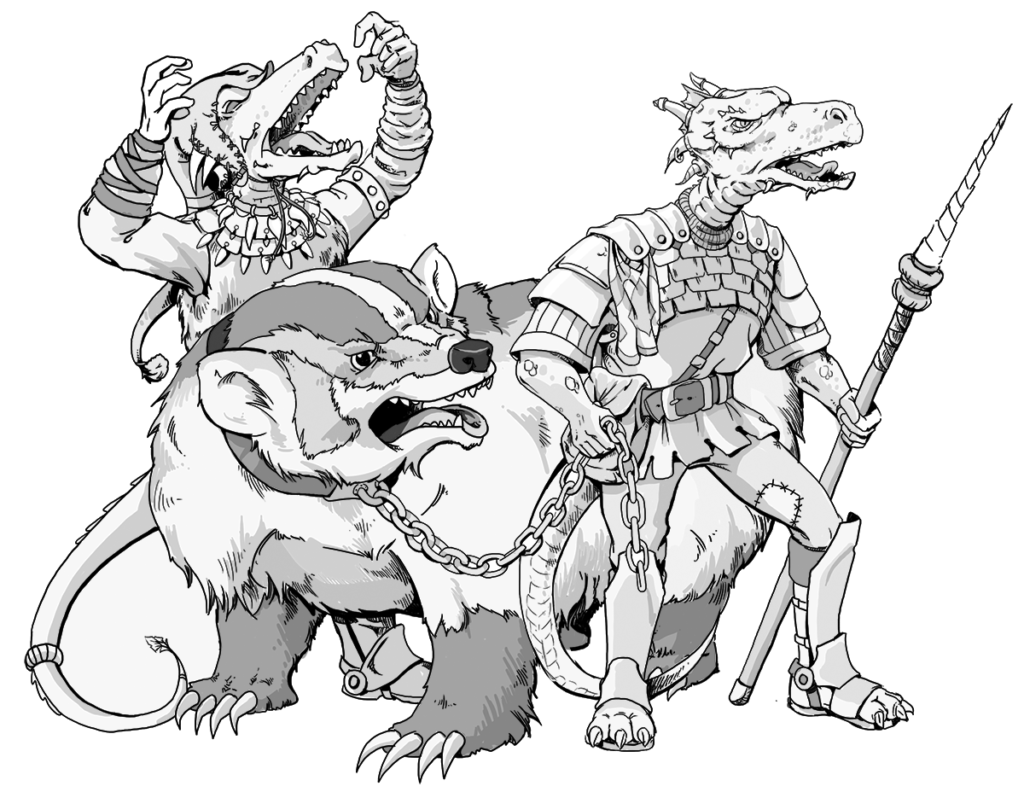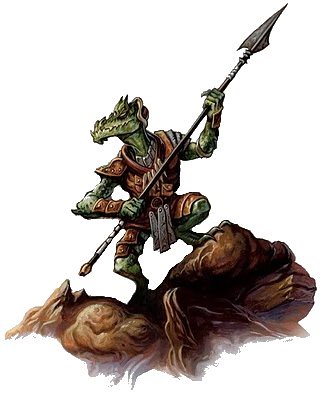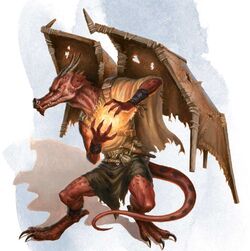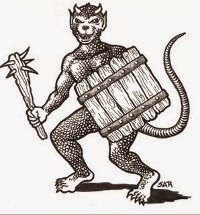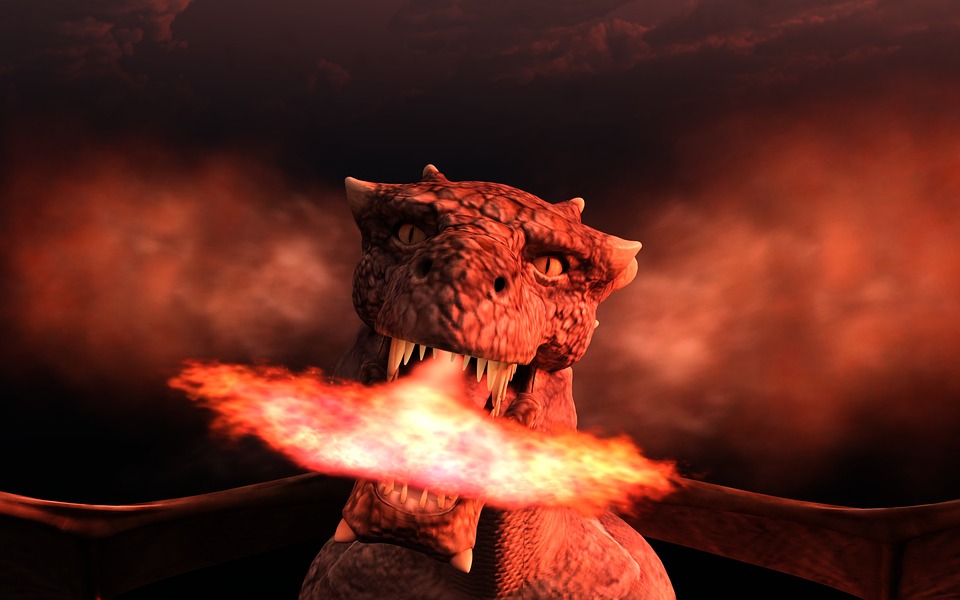
Introduction: Within the expansive world of Dungeons and Dragons, where mythical creatures reign supreme, few ignite fear and awe like red dragons. These formidable beings embody the fury of fire and the insatiable thirst for power, leaving adventurers and storytellers in a state of trepidation. In this blog post, we embark on a thrilling journey to uncover the lore, awe-inspiring abilities, and strategic encounters surrounding red dragons. Join us as we delve into the secrets of these iconic creatures and offer insights on incorporating them into your tabletop adventures.
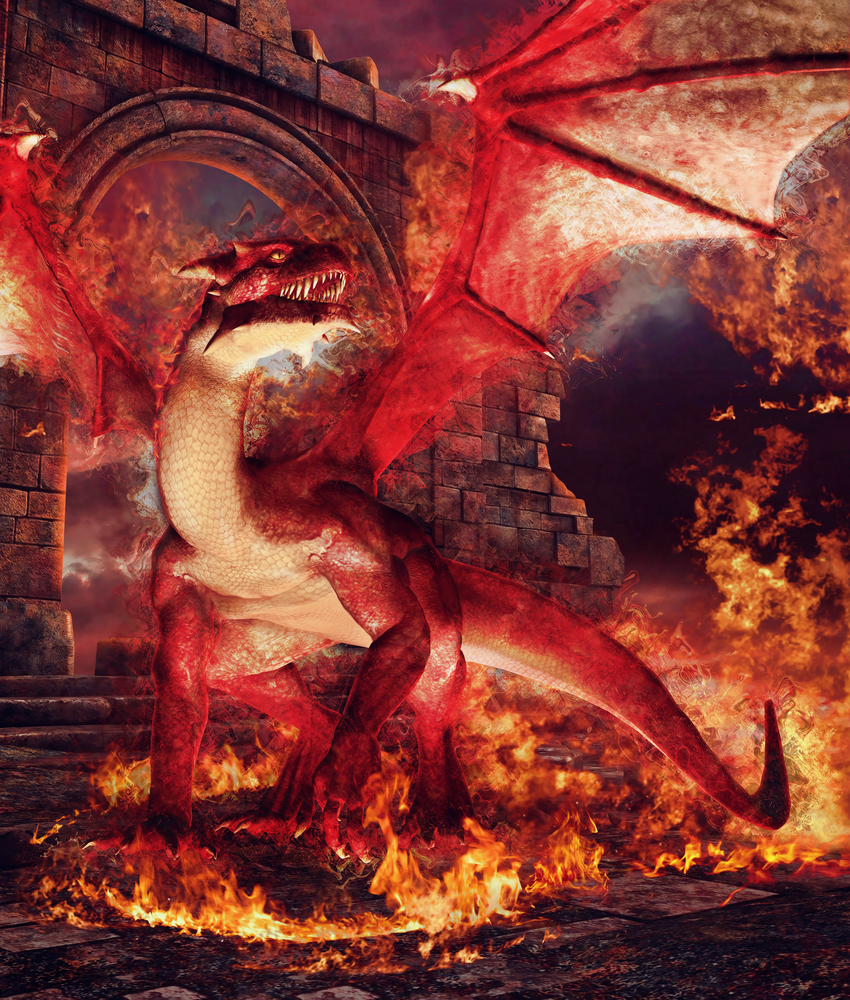
- Origins and Lore: Red dragons, born from the heart of molten volcanoes, are revered for their raw power, insatiable greed, and dominance over fire. Dive into the captivating lore surrounding red dragons, exploring their connections to ancient dragon gods, their relentless pursuit of hoarding treasures, and their tyrannical rule over their domains. Discover how their existence intertwines with tales of cataclysmic events, ancient prophecies, and the eternal struggle for dominance.
- Physical Characteristics: Adorned with scales as crimson as a blazing inferno, red dragons possess a fearsome and awe-inspiring presence. Delve into the distinct physical features that set them apart from other dragon types, such as their massive size, muscular build, and the searing heat that radiates from their bodies. Learn about their sharp claws, formidable jaws, and the terrifying roar that sends tremors through the hearts of their adversaries.
- Breath of Fire: One of the most devastating abilities possessed by red dragons is their breath weapon: a torrent of scorching flames. Understand the mechanics behind this destructive attack, which engulfs enemies in an inferno and reduces even the sturdiest structures to smoldering ruins. Discover strategies for adventurers to mitigate the damage or exploit weaknesses in the dragon’s defenses.
- Tyranny and Dominance: Red dragons are renowned for their dominance, aggression, and insatiable greed. Uncover their strategic approach to combat and their desire to conquer and control. Explore ways to role-play these majestic creatures, from engaging in fierce aerial battles to employing fear tactics and demanding homage from those who dare to challenge their authority.
- Lair and Hoard: Step into the lair of the red dragon—a domain forged within the heart of treacherous mountains or nestled within cavernous depths. Learn about the intimidating architecture that graces their abodes, from caverns adorned with molten gold to chambers filled with ancient artifacts and trophies. Explore the nature of the treasures coveted by red dragons, from vast hordes of wealth to legendary weapons and artifacts infused with the power of fire.
- Adventure Hooks and Encounters: Immerse your D&D campaign in the presence of red dragons by incorporating thrilling adventure hooks and engaging encounters. Discover how to involve these fearsome creatures as powerful adversaries, from quests to slay the dragon and reclaim stolen treasures to desperate alliances formed to withstand their fiery onslaught. Create opportunities for characters to face their deepest fears, confront moral dilemmas, and strategize to outwit the red dragon’s overwhelming power.
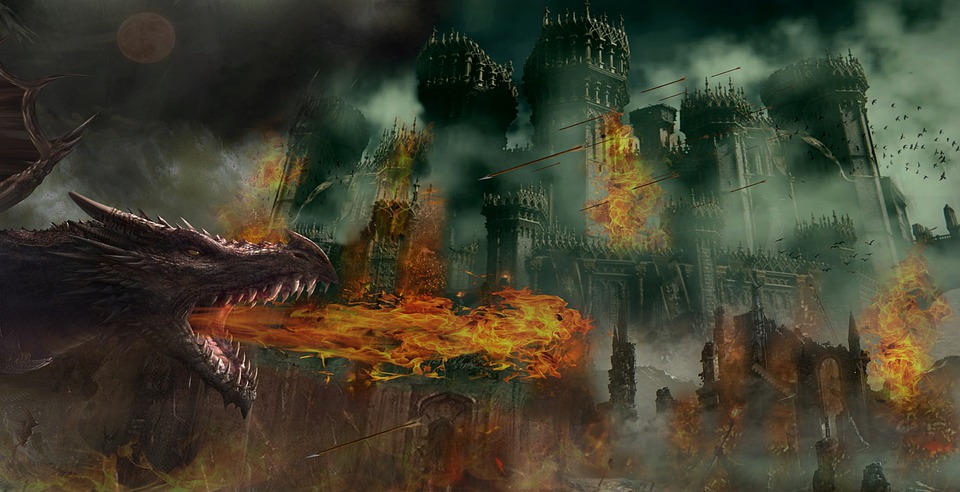
Conclusion: Red dragons stand as towering and formidable figures within the expansive world of Dungeons and Dragons. Their fiery origins, devastating abilities, and insatiable greed make them unforgettable adversaries for players and dungeon masters alike. By delving into their lore, understanding their distinct traits, and crafting captivating encounters, you can weave a tale that will challenge and awe your adventuring party. Embrace the fury of fire and let the red dragons unleash their inferno upon your D&D campaign, leaving a trail of destruction, greed, and legends in their wake.
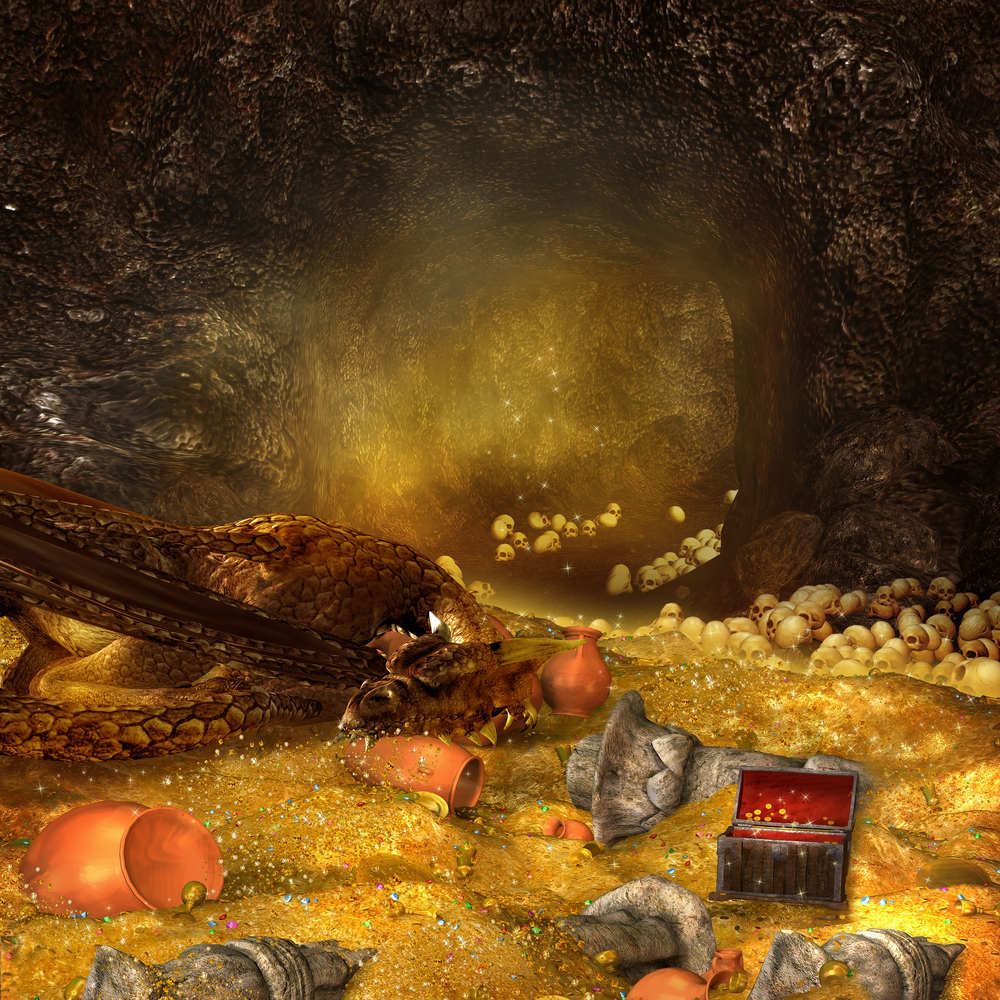
Want to have an epic battle between your player characters and a red dragon using miniatures? Here are some options for miniatures you could use:

- D&D Nolzur’s Marvelous Miniatures: Young Red Dragon
- WizKids D&D Icons of The Realms: Balagos, Ancient Red Dragon
- WizKids D&D Icons of The Realms: Dragonlance Kansaldi on Red Dragon
- Reaper 89001: Red Dragon – Pathfinder Bones Plastic Miniature
- Gale Force Nine Dungeons & Dragons – ‘Classic’ Red Dragon
- D&D Icons of The Realms: Guildmasters’ Guide to Ravnica Niv-Mizzet Red Dragon



